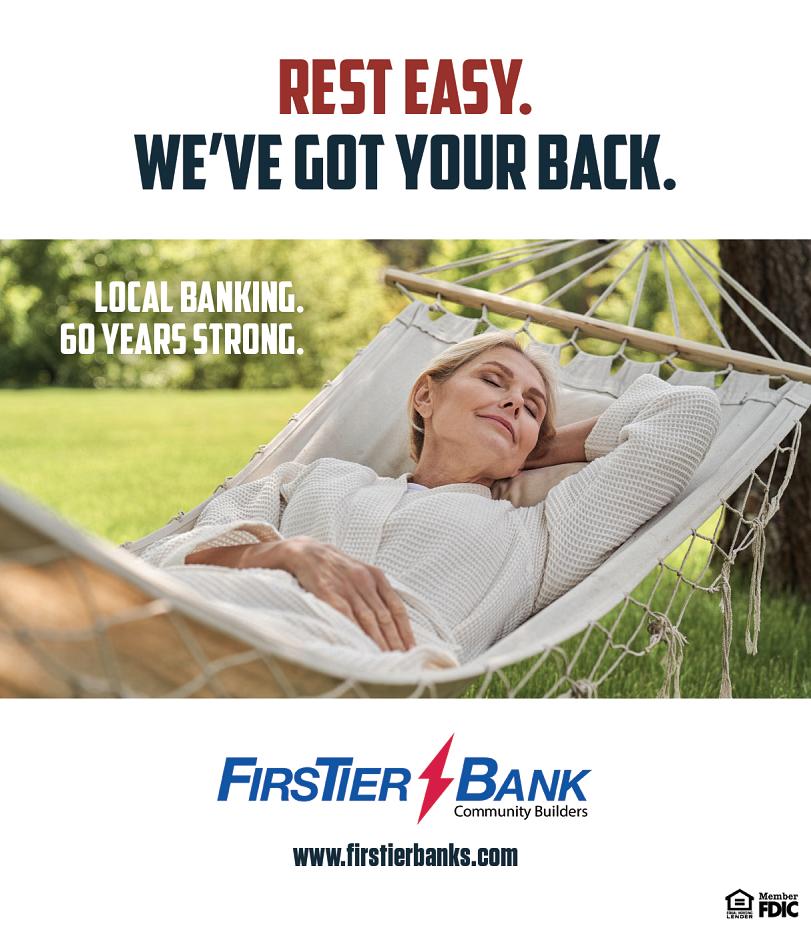
























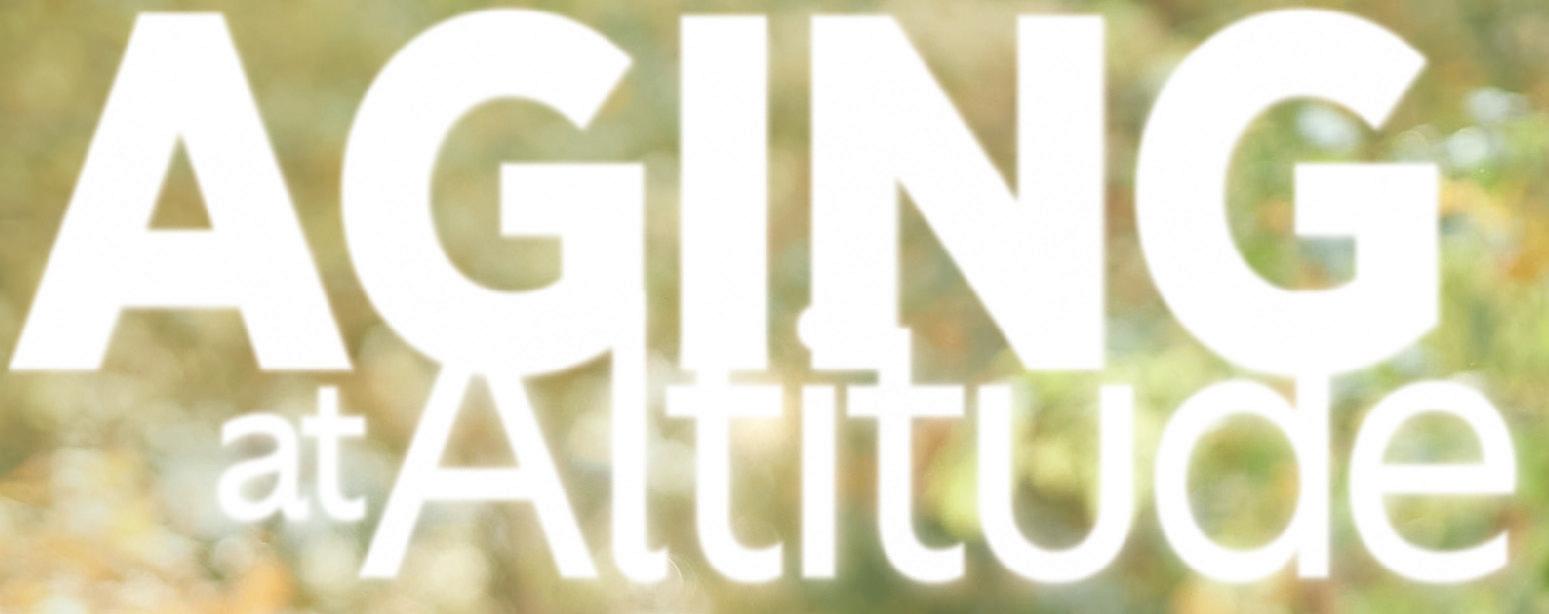






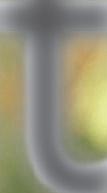

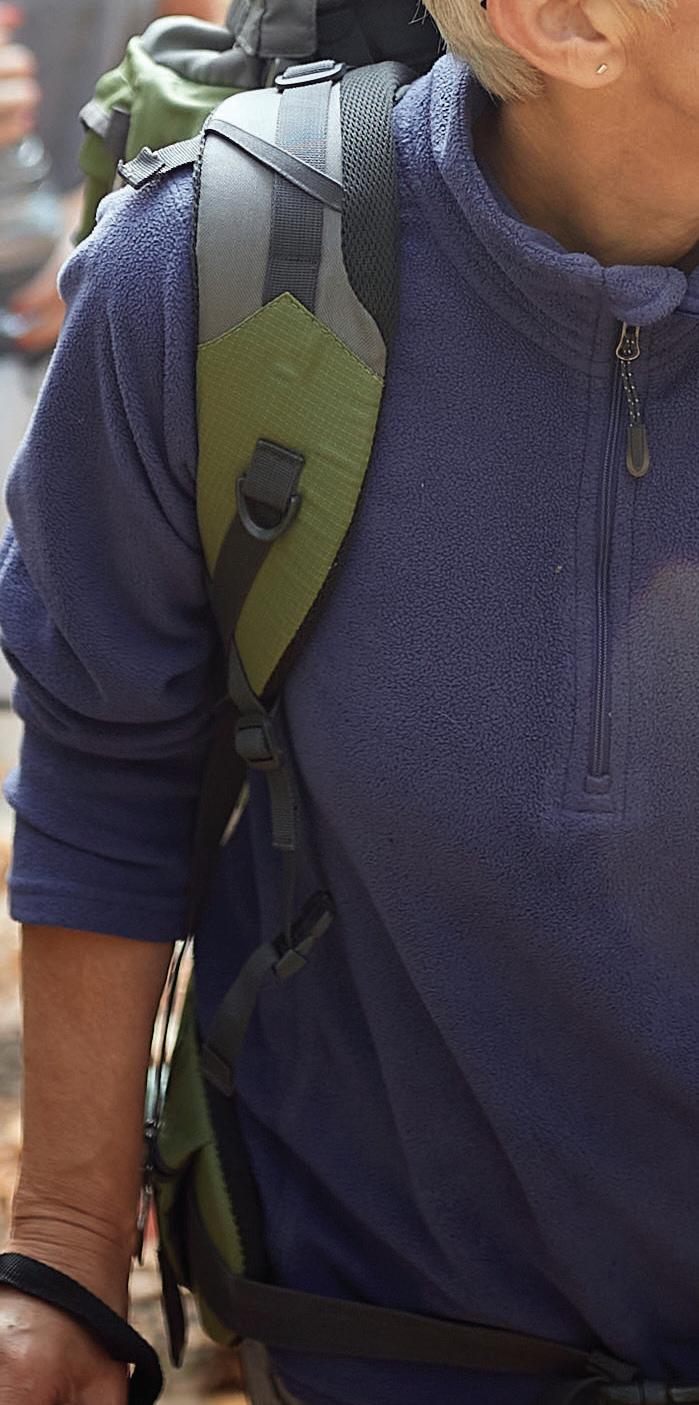








The Di erence Between Health Span and Life Span




Navigating Senior Living Age Friendly Home Renovations & Improvements

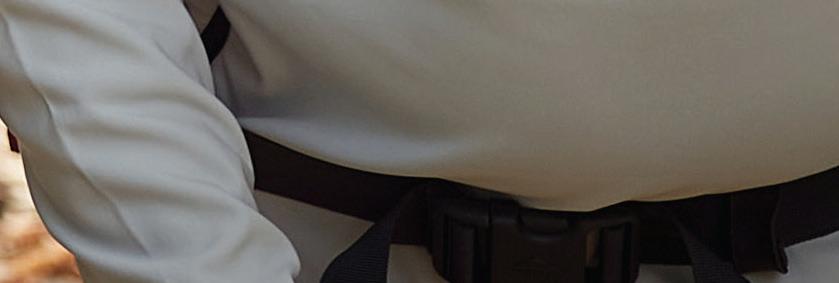










•Sciatica
•Mobility
•Numbness

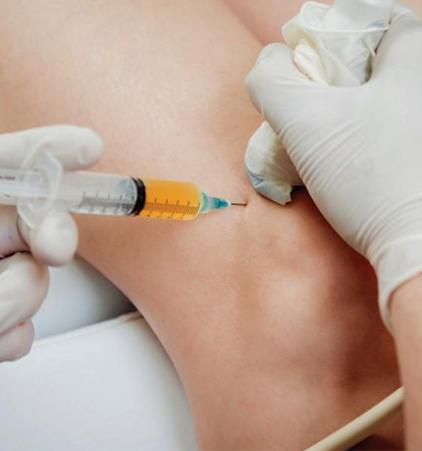


















CONTRIBUTING
Brittany Anas, Darian Armer, Linda Thorsen Bond, Barbra Cohn, Jared Fiel, Rebecca Furuta, Adam Goldstein, Judith Graham, Sarah Huber, Courtney Johnson, Julie Kailus, Ross Maak, Wendy McMillan, Andy Stonehouse, Darren Thornberry, Kristen M. White, Shelley Widhalm, Amy Harris Van Vranken
Ruth
Thais Hafer, Jim
Keith Kratochvil, Abbie Lance, Isaiah Knight, Billy Magrini, Jeri Martinez, Melissa Morris, Dale Sekuler

AAA Auto Club Group
Amavi Integrative Mental Wellness, LLC
Balfour Senior Living
Bebe Spice
BoomerBaby Insurance Services
Boulder Community Health
Boulder County Area Agency on Aging Braverman Law Group, LLC
Brookdale Senior Living
Clear Spring Healthcare Cultivate
Devoted Health, representing Chuck Peabody
Ease Electrolysis, LLC
Edward Jones Investments
Energy Arts Training Center
Family Hearing
Flatirons Terrace, Dial Retirement Communities Frasier
Gabe Bodner, The Bodner Team; One Trust Home Loans
Greenwood & Myers Mortuary
Healthspan Internal Medicine
Hover Senior Living Community
Ideal Dermatology
It’s Just Stuff
Jorgensen Brownell & Pepin PC Kaiser Permanente

Laura Chittick, Sage Home Advisors
LeSean Wittkop Insurance
Mary Hansen Medicare Solutions
Murphy & Associates Funeral Directors
Nex-Gen Window and Doors
Northern Colorado
Rehabilitation Hospital / Long-Term Acute Hospital
OsteoStrong Boulder Positive Altitude Travel
Renewal by Andersen
Silver Wings Arts Program
Sky Health Services
Spine West
Stretch Lab
Terry Chiropractic, Boulder
The Brain and Behavior Clinic
The Dab
The Natural Funeral
The Pearl at Boulder Creek, Dial Senior Living Trail Winds Hospice
TRU Community Care
University of Colorado Boulder – Dept. of Integrative Physiology
Vejrostek Tax and Financial
ViewPath Senior Services
YMCA of Northern Colorado
Free Kaiser Permanente Event Bag (whilesupplieslast)
Participate in a Qigong/Tai Chi class with Energy Arts Training Center (Everyhour,9a.m.to1p.m.)
SampleaSilverWingsArtsProgramWorkshop (Twosessionseveryhour, 9a.m to2p.m.)
SeatedMeditationTaiChi•SeatedMeditationYoga AromatherapyBlendforPain•AromatherapyBlendforSleep
Free Redux Evaporation Treatment of Your Hearing Aids from Family Hearing Findouthowremovingmoisture leadstobettersoundquality!
Complimentary Demo Stretches by Trained Flexologists from Stretch Lab

SATURDAY, OCT. 19
8:30 A.M. TO 2 P.M.
BOULDER JCC, 6007 OREG AVE., BOULDER (CORNER OF ARAPAHOE & CHERRYVALE)
9a.m.to9:20a.m.
CannabisandTheBenefitsfor AgingIndividuals,presentedbyJackieGrandell, BrandAmbassador,TheDab
9:30a.m.to9:50a.m.
RedefiningTherapyinMemoryCare:Dignified InterventionsforThosewithMemoryLoss, PresentedbyJordonAllard,ownerandCEO, FusionRehabandWellness;KellawayLamb, executivedirector,BalfourLongmont;MichaelSell, directorofbusinessdevelopment,Balfour
10a.m.to10:20a.m.
DownsizingYourStuffBeforeDownsizing YourHome,presentedbyBethBlacker, ChiefofChaostoCalm,It’sJustStuff
10:30a.m.to10:50a.m.
TheRetirementMortgagePlaybook: GettingtheMostOutofYourEquityin Retirement,presentedbyGabeBodner, TheBodnerTeam:OneTrustHomeLoans
11a.m.to11:20a.m.
MedicarePlans&Solutions, presentedbyMaryHansen,MedicareSolutions
11:30a.m.to11:50a.m.
JoiningTheirJourney:MemorySupport EngagementAcrossTheContinuumofCare, presentedbyKevinJohnson,SocialServices Navigator,Frasier
12p.m.to12:20p.m.
TheDifferenceBetweenHealthSpan&LifeSpan, presentedbyDr.NatalieLyle,TerryChiropractic, Boulder
12:30p.m.to12:50p.m.
CreatingaSenseofBelongingandCommunity toRemedySocialIsolationinElderly Populations,presentedbyDaveJohnstone, executivedirector,BrookdaleNorth
1p.m.to1:20p.m.
Eco-FriendlyOptionsattheEnd-of-Life, presentedbySethViddal,Co-owner/COO, TheNaturalFuneral
9a.m.to9:20a.m.
ElevatedHearing:HowObjectiveMeasuresin AudiologyDriveSuperiorResults, presentedby GeorgiannaHearne,Au.D.,CCC-A,LeadAudiologist andPaigeAndrade,Au.D.,CCC-A,FAAA,CH-TM, FamilyHearing
9:30a.m.to9:50a.m.
ProtectingYourselfFromFalls,presentedbyDr LizLycett,DirectoratGeriatricMedicine,Boulder CommunityHealth
10a.m.to10:20a.m.
BoulderCountyAreaAgencyonAgingServices Overview,presentedbyLindsayNevilleand GuioBravo
10:30a.m.to10:50a.m.
HopefulNewScienceaboutPreventing Alzheimer’sandOtherDementias,andStaying MentallySharp, presentedbyDr.IleneNaomiRusk, TheBrainandBehaviorClinic
11a.m.to11:20a.m.
RegenerativeMedicine,theHypeandtheHope, presentedbyCliffGronseth,MD,SpineWest
11:30a.m.to11:50a.m.
ExerciseasMedicine,presentedbyAnneGiesen, SkyHealthServices
Noonto12:20p.m.
LatestTreatmentforanEnlargedProstate presentedbyDr.StephenSiegel, BoulderCommunityHealth
12:30p.m.to12:50p.m.
ServingasFiduciary,MedicalorFinancialAgent: Roles,Responsibilities,Pitfalls,presentedbyAnne B.Jorgensen,ManagingShareholder,Jorgensen, Brownell&Pepin,P.C.
1p.m.to1:20p.m.
EstatePlanningEssentials:WhatYouNeedto KnowNow,presentedbyDiedreBraverman, BravermanLawGroup,LLC








We’re lookingfor volunteers to participate in a cardiovascular study!

For a study on the physiological effects of mitoquinone (MitoQ), an antioxidant that is attracted to the mitochondria of cells Must be 60 years or older and willing to undergo three months of supplementation with either MitoQ or a placebo The total duration of the study will require ~19 hours of your time over 4 months

All testing is performed at theUniversityofColorado Bouldermaincampus Thereismonetarycompensation for your time. For more information, contactthe Integrative Physiology of Aging Lab at the University of Colorado Boulder at (303) 735-6410 or email MitoQStudy@colorado.edu




What they are, how they differ and tips to optimize both
By Wendy McMillan for Aging at Altitude
You needn’t be familiar with Star Trek for the salutation to resonate. But if we’re going to be sticklers – the greeting could use some work.
When it comes to measuring health, particularly globally, life expectancy is a powerful indicator of the overall wellbeing of a region. It reflects a multitude of significant factors, including access to quality healthcare, nutrition, sanitation, education and other determinants of health. However, life expectancy alone is a mere snapshot of true health status, and while valuable, it’s far from the whole, collective collage that makes up the big picture. Medical advances, increased access to healthcare, reduction in smoking rates, safer working conditions and numerous other factors contribute today to longer lifespans the world over. But i no secret that quantity and quality are very separate entities. Rather than pursuing longevity, a focus on “healthspan” will better serve us all, as individuals, communities and nations alike.
to live a healthy life as long as possible?” says Dr. Anne Giesen, physician with Sky Health Services. “There are factors and risks that are out of our control – genetics being one – that can impact our health, and we cannot prevent every possible disease or injury But making healthy lifestyle changes can significantly decrease our risk of chronic illness and increase our ‘healthspan’.”
culture with looking thin and youthful sometimes has us feeling that is what health looks like,” says Dr Giesen. “I encourage my patients to focus on what makes them healthy – getting outside, exercising, getting adequate nutrition, spending time with family and friends and managing stress. People who do these things will be healthier and have less risk of chronic disease.”

While there is enough room for overlap that the terms “lifespan” and “healthspan” can easily be used interchangeably, their names alone are overt revelations of their key difference. Lifespan is quite literally the number of years someone lives from birth until death. Healthspan refers to years free from chronic and debilitating disease.
“We seem to focus so much on “longevity”, but should the goal be to live as long as possible with good health, or
It goes without saying, powerful keys to good health are all too obvious: prioritize a wholesome, balanced diet; get exercise; mindfully work at reducing stress; nurture genuine connections. In today’s busy world, however, pulling these elements together can be overwhelming. Not only that, but the societal tendency to market youthfulness and specific body types as quintessential health can be highly damaging in countless ways.
“I think the obsession we have in our
People who avoid smoking and alcohol, exercise and eat right will generally look healthier and younger, particularly as they age, Dr. Giesen says. Moreover, these habits offer foundational support for everyone. Healthspan reflects years living in good health, but being afflicted by adverse conditions does not discount one’s ability to improve overall wellbeing.
Alongside advances in medical technology, recent decades have seen a burgeoning in products offering a veritable Fountain of Youth. From anti-aging skincare to vitamins claiming to enhance vitality and boost energy efficiency, there’s a dizzying realm to wade through. Are they worth it?
“There are many supplements and supplement regimens that claim to be the ‘cure’ to all kinds of medical issues, but the large majority of these claims are not based in research or evidence,” says Dr Giesen. “I think the quote “If something seems too good to be true, it probably is” definitely applies here.”
Bottom line, let the notion that we have some agency over healthspan and lifespan be empowering. Find what works for you, while making conscious, thoughtful decisions around how we nourish ourselves, from the foods that fuel us to the community we cultivate. Reach out to your health practitioners with your questions and concerns and optimize the opportunities to help you live long in good health.


As you grow older, your health care needs change, especially if you have multiple chronic conditions At Geriatric Medicine of BCH, we offer care specifically for older adults with medically complex needs care designed to enhance your quality of life and help you live with as much vitality, independence and dignity as possible.

John Addison, MD, FACP

Caplan, MD

MD




By Julie Kailus for Aging at Altitude
Research shows that as we age, people may be happier when they stay active to balance their changing bodies, stay sharp mentally with various activities and stay connected through community involvement. Helpfully, there are myriad resources for the aging population We
caught up with a few organizations about the importance of keeping us healthy and happy in our golden years.
“Staying active as we age helps with independence, maintaining community, reducing risk of cardiovascular disease, self-worth and improved brain function and heart health,” says Jennifer Klaas, Senior Program Director, Health & Fitness,
at YMCA of Northern Colorado & Southern Wyoming. “It can also help with balance challenges or neurodegenerative diseases like Parkinson’s.”
What better place to keep older folks young at heart than the iconic YMCA? The Y offers numerous activities, such as group exercise classes, water aerobics, swimming, walking, biking, weight training and dancing. These are ideal for older adults who are adapting to increasing physical
limitations. But exercising, among others, might be its greatest benefit. “When we stay active, we typically surround ourselves with other people who have similar goals and interests,” Klaas says. “This helps us build an important and valuable support system.”
Klaas gives a great example: one Y member in his mid-eighties whose motto is “If I’m above ground, I’m active and moving.” He’s working on becoming a better swimmer so that he can compete in a triathlon!
Did you know that loneliness and isolation are a public health epidemic? In 2023, U.S. Surgeon General Dr. Vivek H Murthy released an advisory after research directly linked social isolation to a 29% increased risk of premature death, heart disease (29%), stroke (32%), diabetes, anxiety, depression, suicide, dementia and respiratory illness.
“Loneliness and social isolation do not discriminate — it has the potential to touch anyone in every corner of the world,” says Chrysti R. Britt, executive director at Cultivate, which connects volunteers of all ages with organizations in need. She says there are simple ways to reduce loneliness and isolation, even prevent it altogether Building social connections is key These can include interactions with family, friends, neighbors, clubs,

activities, religious organizations and age-well centers. “Our favorite suggestion is to volunteer for your favorite cause. Volunteering not only results in tangible health benefits for the volunteer, but it also contributes much-needed resources back into the community.”

The Surgeon General points out that those who feel a sense of belonging in their community are 2.6 times more likely to report very good or excellent health.
“Living a full life takes its toll on the human body,” says Alden T. Przybylinski, school manager of Longmont’s Energy Arts Training Center “Through the ancient, internal arts of tai chi and qigong, countless millions of people have kept full mobility, a clear mind and high vitality throughout life, even if they don’t begin until their elder years.”
All ancient arts encourage better balance, but tai chi, for example, is known to increase fluid flow and circulation of blood, lymph and cerebrospinal fluid, among other benefits, Przybylinski explains. “It can reawaken dead nerves, keep your mind alert, and even heal or regenerate damaged cartilage and joints from issues like arthritis and rheumatism.” And the proof is in the bag. Przybylinski says, “In his 80s, Liu Hung Chieh was able to throw around, like a bag of potato chips, current lineage holder Bruce Frantzis, even though Bruce was a highly trained martial artist, half of his age and physically much larger. People can experience real and life-changing results with even beginner levels of the internal arts.”

Whether you’re embarking on a cruise, joining a group tour or crafting your own itinerary, advance planning will help your trip go smoothly deposit, typically within two weeks, Sneed says.
By Brittany Anas for Aging at Altitude
Ready to plan your next big adventure? Whether you’re embarking on a cruise, joining a group tour or crafting your own itinerary, advance planning will help your trip go smoothly. From travel insurance to group travel, we asked Certified Travel Advisers Mark Sneed from Positive Altitude Travel and Maria Cabrera with the Auto Club Group (AAA)’s Westminster office for their best planning tips.
Here’s what they have to say:
Sneed, who is a licensed insurance agent, can tailor plans to cover everything from adventure sports to rental car damage and theft, in addition to increasing coverage for certain benefits like medical expenses and trip delays.
Here are some more tips from Sneed:
• Don’t wait to get travel insurance. Coverage for pre-existing conditions and “Cancel for Any Reason” (CFAR) are time-sensitive benefits that must be purchased soon after the initial trip
• Avoid getting coverage from the travel supplier. Getting coverage from a licensed insurance agent can help travelers ensure they are getting comprehensive coverage for trip cancellation, trip interruption, medical emergencies (including pre-existing conditions) and medical evacuation, as well as baggage, trip delay and missed connections. Often, the supplier’s insurance only gives the traveler a “credit” for future travel, and that credit is usually only valid for 12 months. Travel insurance independent of a travel supplier guarantees cash back for covered claims.
• Medicare coverage typically doesn’t extend outside of the U.S. Also, Medicare doesn’t arrange for or cover emergency transportation to another medical facility or back to the United States. If you are too ill or injured to fly commercially, a medical evacuation can be a substantial expense.
Solo travel is booming. In fact, 42% of
travelers planned to take solo trips in 2024, according to a survey conducted by travel insurance comparison site Squaremouth.
But solo travel doesn’t mean you’ll be lonely! You can go with a tour group and meet new friends from around the world. Many tour companies and cruise lines will offer discounts for solo travelers, says Cabrera. This way, the details are all taken care of for you, from the transfers to the hotel stays to experiences and transportation, she explains. Plus, your tour director will know the region’s language and customs.
The beauty of cruises is you only have to unpack once, but you get to visit several ports all within one trip, Cabrera says. River cruises are especially great, Sneed says. If you do not want to travel internationally, you can take advantage of river cruises in the United States, including destinations like the Mississippi River or, in the Northwest, the Columbia and Snake Rivers.
“The ships are smaller and easier to navigate than large ocean cruise ships and have elevator access to all decks,” he says. Plus, ships dock in the city center, providing easy access to key sites and attractions, he says. Shore excursions are available with several levels of walking intensity, and many provide listening devices, making it easy to hear the guide.
According to Sneed, here are some great apps and websites with which to familiarize yourself.
• The airport website will have information about security wait times.




Find this information for Denver International Airport’s site at flydenver.com/security
• Google Translate uses a phone’s camera to instantly translate a menu or uses the phone’s microphone to translate verbal communication between two people.
• Download your airline’s app because it will allow you to access your ticket
• Mobile Passport Control makes re-entry to the U.S. quick and efficient.
Also, for accessibility and mobility assistance, contact your airline at least 48 hours before your scheduled departure to arrange wheelchair service, Sneed says.
Try to avoid checking a bag when possible to avoid having to navigate difficulties with international airports, Sneed says. He recommends that you pack light and try to get everything in a 4-wheel spinnertype carry-on.
“Traveling light
is especially important if the itinerary involves flight changes or other modes of transportation such as train travel,” Sneed says. “Be sure to pack in your carry-on luggage all medications and important documents, such as passports, printed tickets, vouchers, and itineraries.”
Also, he says, be sure to check that any bags being carried on meet the airline’s requirements. International airlines often require much smaller bags for overhead compartments.
































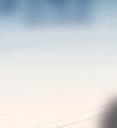
































































































































































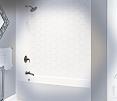



















































































By Rebecca Furuta for Aging at Altitude
Whether arthritis-related or exercise-induced, we’ve got expert advice on how to manage the everyday aches and pains that seem to become more prevalent
after 50.
Tendinitis can happen at any age, but it is more common as people grow older because tendons begin to lose elasticity. “Tendons tolerate less stress as we get older, and that makes people more vulnerable to injury,” explains Dr Cliff Gonseth, a physiatrist at Spine West in Boulder.
Tendinitis is a painful condition that
can be slow to heal. Platelet-rich plasma (PRP) Injections can give patients the boost they need to begin healing and get back to action more quickly
The treatment harvests platelets (tiny blood components that promote clotting and healing) from your own blood. Those are then injected back into the injured area along with blood plasma with the idea that they will supercharge your body’s natural healing process.
“Platelets contain proteins called growth factors that are involved in the natural development of many tissues,” explains Dr. Gronseth. “These factors may help reduce the inflammation associated with osteoarthritis and tendonitis.”
PRP injections can also be an alternative for mild to moderate arthritis and other types of joint pain. The process is safe since it involves injecting your own blood products, and it is often effective after a single treatment.
“There are good studies highlighting the effectiveness of PRP injections,” says Dr. Gronseth. “Well-designed clinical trials show us that it can speed up recovery times and reduce pain.”
Not all of the aspects of an aging body cause pain, however Osteoporosis is an invisible disease because it doesn’t have any obvious signs or symptoms until a bone breaks.
According to Osteoporosis International, peak bone mass occurs in one’s early 20s and starts to decline by one’s early 40s unless one purposefully changes one’s lifestyle.
That’s where OsteoStrong in Boulder comes in. Ryan Danyew and his team use a circuit of four pieces of proprietary equipment that load the body’s skeletal system in very specific ways designed to stimulate bone growth and improve overall strength. This leads to added benefits like improved posture, better core strength and greater balance.
“We’re using osteogenic loading to help reverse osteoporosis and osteopenia, which is a decrease in bone mineral density,” explains Danyew
The workouts themselves are brief, averaging about 20 minutes per session. A certified OsteoStrong trainer guides you through each exercise to ensure they are done properly and for maximum benefit. Users exert brief levels of force to reach osteogenesis, the process that triggers healthy bone tissue growth without pain or discomfort. Danyew and his team offer one complimentary OsteoStrong session so people can try the program and see how their own bodies respond.
Danyew recommends people of all ages do sessions, but those with chronic pain or osteopenia can benefit most from OsteoStrong. “It’s most beneficial for older adults with some degree of bone loss, but it is really great for athletes, too. It builds a lot of the fundamental strength that’s useful in most sports,” says Danyew
“Move it or lose it” is also a core concept of treatment at the Northern Colorado Rehabilitation Hospital. The facility in Johnstown is dedicated to helping people maintain mobility as they age.
The hospital offers both inpatient and outpatient services. Its teams include physical therapists who are experts in mobility and functional fitness and occupational therapists who can help improve a patient’s ability to perform the basic tasks of daily living. The facility treats everything from acute injuries and trauma to stroke and even challenges from long COVID and degenerative discs.
Rehab staff evaluate patients first, and then a treatment plan is created using input from patients and their families. Hospital staff work together to create customized treatment plans with interdisciplinary support.
One key to Northern Colorado Rehabilitation Hospital’s success lies in its
approach, which involves integrating many different therapeutic techniques with a patient-centered care coordinator. Physical limitations can also impact a person’s mental health, so the hospital works closely with counselors and other professionals who can help in that capacity.
Mobility is key to independent living, and the best way to preserve joint function and movement is to stay active, consult with a physician or other health care professional, and examine the range of tools and therapies available today to keep people feeling and moving their best. “Most people, even if they’re 90 on the outside, they’re 40 on the inside, and they like to think of themselves that way,” says Dr Gronseth. “We’re here to help keep them on the road for as long and as comfortably as possible.”


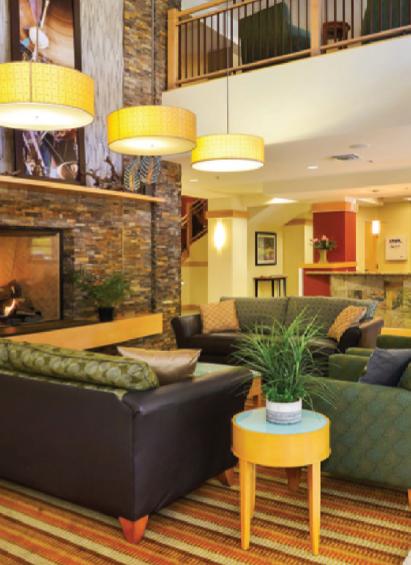

Located in the bustling University Heights neighborhood near the University of Colorado Boulder, our vibrant community is within walking distance of local shopping and dining The modern, multi-story building offers both independent and assisted living, and a worry-free retirement experience for seniors Join us and discover chef-prepared culinary experiences, a full-service bar, lively social hours, a robust fitness program with certified, onsite trainers, a spa and variety of other services Come see the adventures that await you at The Pearl where our goal is to ensure you Love The Way You Live today and every day CALL TODAY TO SCHEDULE A
By Courtney Johnson for Aging at Altitude
Age-related hearing loss is common for those in their golden years. In fact, in the U.S., about one in three people between 65 and 74 has hearing

loss. According to the National Institute of Deafness and Other Communication Disorders (NIH), nearly half of those older than 75 have difficulty hearing.
Noting that our sense of hearing is extremely complex, Lead Audiologist at Family Hearing Georgianna Hearne, Au.D., CCC-A. said it’s important to be on top of hearing as you age as it has a profound impact on daily life, including overall safety, ability to communicate and happiness. “Just like you get an annual physical or eye examination, ears should be checked annually, too,” said Hearne. “It’s important to proactively identify hearing loss to mitigate potential health risks and to work with a hearing care professional who can come up with a personalized treatment plan for you.”
There are many common signs of hearing loss, some more obvious than others, including clarity and the need to increase the audio volume while using the phone and computer or listening to the radio and TV “Especially in the presence of background noise,” said Hearne. She said that a withdrawal from social situations and asking others to repeat themselves more often are signs. “Some may experience ringing in the ears or a muffled feeling.”
Other causes of hearing loss and change can be less obvious factors or over which we may have less control. “Medications, genetics, noise exposure and illness” are some of those Hearne said. “Untreated
hearing loss has been linked to Alzheimer’s and Dementia, with it being the highest modifiable risk factor for these conditions. It’s also linked to higher incidences of depression and balance issues.”

One of the best ways to protect your sense of hearing is noise reduction. “Noise-induced hearing loss is the most preventable kind of hearing loss,” said Hearne. “Consider wearing earplugs at concerts, sporting events or anywhere with noise levels above 85 dB. If possible, put distance between you and the source of the noise. If you find foam ear plugs uncomfortable, we strongly recommend working with a hearing care professional to consider custom alternatives to protect your hearing.”
As technology evolves and improves, the use of technology to combat hearing loss helps many experiencing age-related hearing loss. “Devices that are available now are more reliable, comfortable and automatic than ever before,” said Hearne.

“They provide enhanced features such as rechargeability, Bluetooth connection to a smartphone with remote control apps and processing features for ease of listening even in noisy places or group events.” One of the latest features is table microphones that help users hold conversations even in noisy environments
Hearne said it is important to remember that technology is just one piece of the puzzle when it comes to hearing your best. “Work with a hearing care professional who takes a patient-centered approach while relying on the latest research and technologies to provide optimal outcomes. A professional who follows best practice standards is a non-negotiable for ensuring you’re getting the most out of your hearing devices.”
to help everyone communicate better overall are:
• Reduce background noise
• Reduce the distance between you
• Ensure you have someone’s attention
• Eye contact for visual cues
• If someone asks us to repeat what we said, try to rephrase what you said rather than repeat it exactly.
• Always remember that patience and practice are key to improving communication.
For those looking at how they can best support anyone experiencing hearing loss, Hearne recommended using the Internet as a tool “There are some great online resources for those who are interested in learning more about hearing, or maybe
are searching for help for themselves or a loved one, including hearingloss.com and hearingup.com.”







Northern Colorado Rehabilitation Hospital is ranked in the U S in the Top 10% for patient care And, we ’ ve earned The Joint Commission’s Gold Seal of Approval for our Advanced Stroke and Brain Injury Programs


Northern Colorado Long Term Acute Hospital is among 700 nationwide – or 15% –recognized for our respiratory care services
Where you receive care matters
By Sarah Huber for Aging at Altitude
For many men, the reality of aging means developing an enlarged prostate and the possibility of related health challenges. In fact, an enlarged prostate, medically known as benign prostatic hyperplasia (BPH), affects about half of all men between ages 51 and 60. Up to 90 percent of men over age 80 have BPH.

Stephen B Siegel, MD
The prostate gland grows throughout a man’s life. As the bladder muscle weakens with time, men may not only find themselves waking frequently for nighttime trips to the bathroom but may also experience irreversible bladder or kidney damage, bladder stones or incontinence. The most common symptoms of BPH include having a frequent need to urinate, trouble starting to urinate, a slow or erratic urine stream, urinary incontinence and a feeling that the bladder cannot be fully emptied.
The good news is that relief is feasible through lifestyle changes, medication or surgery, including the minimally invasive, innovative Aquablation therapeutic procedure, which has little to no side effects.

First, lifestyle changes range from consuming fewer liquids before bedtime, limiting alcoholic and caffeinated beverages and bladder training, such as exercising the muscles that control urine flow As for medication, the commonly prescribed options for BPH can have serious side effects, including erectile dysfunction (ED). Traditional surgery can likewise impact sexual function.
Aquablation therapy, in contrast, is a minimally invasive surgical procedure that requires no incision. Moreover, unlike BPH traditional surgeries, long-term side effects with Aquablation are minimal, with nearly 100 percent of men retaining ejaculatory, erectile and urinary functions.
Dr. Stephen Siegel, urologist with Boulder Medical Center, explained, “Aquablation is a procedure that is profoundly changing men’s lives for the better, whether that is counted in fewer trips to the bathroom during the day or better sleep at night. It is a way to reset the clock on your urinary habits to when you never had to think about it.”
The Aquablation process starts by creating detailed images from an ultrasound of the exact size and shape of the prostate. Using this personalized map of the prostate, along with real-time ultrasound imaging, the surgeon programs the AquaBeam Robotic System to guide a heat-free waterjet and precisely target prostate tissue for removal.
“As a physician, it is impressive to see the large channel through the prostate that we make during the procedure and then to consistently speak with satisfied patients once they have healed,” said Siegel. Aquablation patients are generally discharged from the hospital the next day and return home without a catheter After the procedure, some patients may experience mild side effects, which can be managed with pain medication and dissipate within a week. Pain medications outside of Tylenol are not needed.
The procedure works on any size prostate and provides clinically proven, enduring symptom relief with quick recovery time. Siegel added, “This is the only procedure I would recommend to patients with large prostates.”




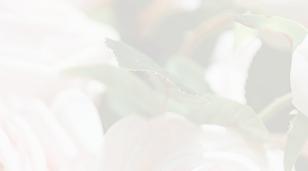









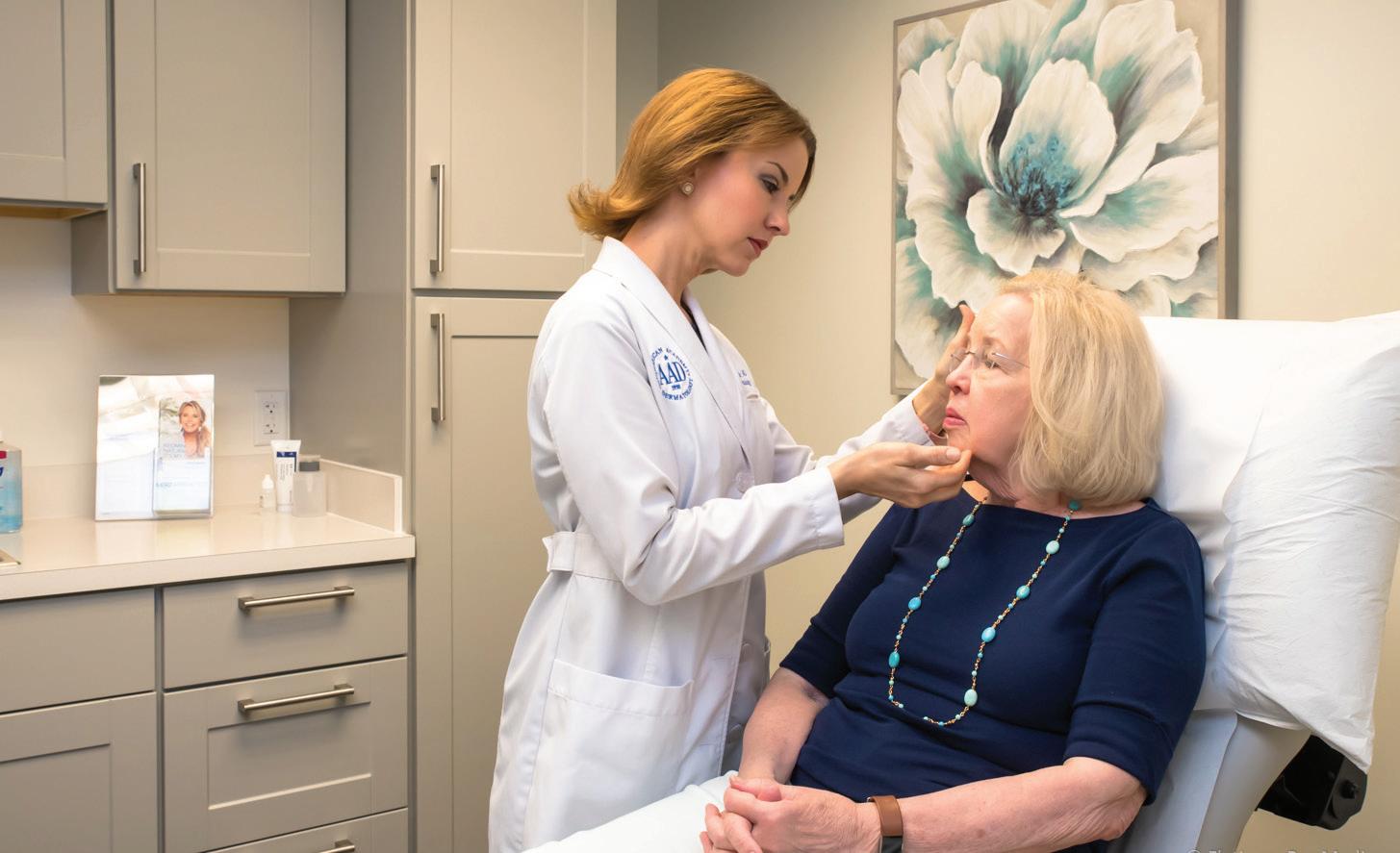
By Darian Armer for Aging at Altitude
You’ve probably heard it before, but it remains true: your skin is the largest organ in the body
Complexly tough and tender, one important role your skin plays is protecting you from harmful external elements, like the sun. But it can take a beating as you face the elements and age. We rounded up some tips for protecting your skin.
The first major concern that comes to mind when thinking about skin is skin cancer
“We are seeing lots more skin cancers given people’s active, outdoor lifestyles. The good news is that skin cancer, when caught early, is very treatable,” says Dr. Sarah Bair
of Crossroads Dermatology
Bair says sun avoidance and protection are the number one prevention for skin
cancer
have a spot growing, changing, itching, burning or bleeding, she says it’s important to get the spot checked immediately.
“Sun causes 90 percent of the changes we associate with aging – fine lines, wrinkles and brown spots. I recommend a moisturizer with SPF 30 or higher daily on your face, even if you intend to be inside for most of the day We get UVA rays through window glass, especially when driving. I always recommend a wide-brimmed hat to protect your face if you are out in the sun. You still get reflected rays even with a hat, so putting on the facial sunscreen is still important.”
Most importantly, Dr. Bair says that if you have any questions about your skin, don’t hesitate to see a dermatologist.
Once you’ve protected your skin, you can consider the aesthetic. Various facial treatments can treat things like hair removal, acne and redness. One such treatment for hair removal is electrolysis.
One of the major benefits of electrolysis is that it works on any hair, anywhere. Unlike laser, which benefits mostly lighter skin and darker hair, electrolysis works for even those who have darker skin or white, red, blonde or light brown hair.
Holly Hughes of Ease Electrolysis says laser is less effective than electrolysis for people with darker skin and/or lighter hair. Hughes uses the Blend Method, in which she uses electricity to heat up a gold-plated needle. The needle is inserted into the hair follicle under the skin’s surface, where an electric current moves to the bottom of the follicle, destroying the hair root, preventing growth and causing the existing hair to fall out.
“I always encourage my patients to cover their skin whenever possible. Wear long sleeves, a wide-brimmed hat and sunscreen on exposed skin (SPF 30 or higher). Avoid mid-day sun exposure. 10 a.m. to 2 p.m. are the peak hours of sun exposure, so being inside during those hours is best.”
You may not have been doing a good job with sun protection in the past, but Bair says it’s never too late to start.
“Doing the above measures are important. With extensive sun damage, regular skin checks become critical. We can treat pre-cancerous lesions and catch cancers early before they have a chance to progress and spread,” she says. “I recommend an annual skin check for people like me who grew up using tanning beds and not using sunscreen.”
She says you should also get a regular skin check if you have a family history of melanoma or lots of irregular moles. Getting checked every six months is important if you’ve had skin cancer If you
Hughes says this process takes more than one visit to treat the hair in the correct growth stages.
“This is because of hair growth cycles Both a laser technician and electrologist have the best results when treating hair that has just emerged, in the baby stage so to speak. We need to treat the hair in its beginning stages, and we need multiple sessions to destroy the hair.”
An old statistic in the U.S. is that women spend more than $150 per month on non-permanent beauty. Why not make it permanent?”
Before starting treatment, Hughes does a thorough consultation, education and she takes a few test hairs.
“I want to see how you heal before we jump in. Gals with acne come to me because their hair follicles are mad. Once the hair is gone, the acne is gone. Stop plucking. It often makes things worse. Come see me. It can take twice as long to kill waxed hair as the roots become deeper and distorted.”
By Adam Goldstein for Aging at Altitude
Aging shouldn’t be painful, and it doesn’t have to be.
As human bodies get up in years, changes are inevitable. Every individual faces their own challenges when it comes to getting older, whether they’re everyday aches or more serious illnesses. Still, as much as aging may look different for each person, cannabis can offer a dependable and wideranging balm for the vagaries of time.
Colorado boasts its own cannabis culture. As a longtime embracer of medicinal marijuana and as one of the first states to legalize recreational marijuana, the Centennial State has no shortage of dispensaries and no lack of strains for anyone looking to delve into the world
of cannabis. Still, for all its omnipresence here, misconceptions remain common when it comes to cannabis, especially as it relates to easing the issues tied to aging.
Cannabis applications are uniquely tailored for those facing the aging process. Companies like the Dab, with locations across Boulder County, have worked to “redefine how cannabis is viewed and provide a quality cannabis experience for people across the world.” That includes offering insights about the benefits cannabis can offer for a wide range of issues, from everyday issues like aches, pains and insomnia to side effects of more serious conditions like easing the nausea and vomiting specifically tied to chemotherapy and cancer treatment.
The benefits of cannabis have also been observed in conditions like Parkinson’s Disease, Huntington’s Disease, Tourette syndrome and epilepsy. It could be used
to help ease anxiety, nervousness and dementia, according to research cited by the Alcohol and Drug Foundation.
Cannabis offers all of these potential benefits via a wide variety of forms.
Seniors interested in exploring the benefits can choose between edibles, oils, bath salts, tinctures and other forms. Gone are the days when the only way to consume cannabis was through smoke.
Of course, cannabis is similar to any drug when it comes to treating the symptoms of aging: it’s critical to examine the side effects, consult a physician and balance intake with other options like exercise, a healthy diet and even alternative medicines and treatments that can range from acupuncture to massage therapy.
With this proper approach in mind, cannabis can play a role in easing the challenges of getting older.
By Barbra Cohn for Aging at Altitude
“If a person comes in to see me about memory, that’s a good sign because they’re being proactive,” says Dr. Elliot Good, the owner of Amavi Integrative Mental Wellness in Niwot and

Wheat Ridge. “I’d take a comprehensive look at lifestyle factors, their medication list and do blood work to rule out reversible causes like hypothyroidism or low B12.”
A recognized leader in geriatric mental health, Good is board-certified in Psychiatric Mental Health and Geriatric Primary Care and has extensive experience working with older adult patients who have complex medical, psychiatric conditions, and memory issues and in diagnosing what type of dementia an individual might have,
“We see different patterns with different dementias and do screening tests to get a sense of what areas there’s a memory deficit,” she says. “Is it spatial, working memory, or executive function? Is the person depressed? If someone is in the early Mild Cognitive Impairment (MCI) range, we try to rule out things and look at ways to promote healthy brain aging. If someone has advanced dementia, we look for ways to work with the family.”
There’s a lot that people can do. Good adds, “They may have unmodifiable genetic risk factors, but healthy lifestyle habits can offset whatever predispositions they have.”
The 2024 Lancet Commission on dementia prevention reported that around 45% of cases of dementia are potentially preventable by addressing modifiable risk factors at different stages of one’s life.
Dr Good recommends these strategies:
• Staying socially engaged
• Reducing alcohol consumption
• Eliminating smoking
• Staying cognitively engaged by enjoying mentally stimulating activities
• Prioritizing good sleep habits (and addressing sleep apnea)
• Avoiding certain types of sleep aids and other anticholinergic meds that can lead to cognitive impairment
“All of us have some decline as we age, but if you have a cognitive reserve, it can stave off dementia,” says Good.
Ilene Naomi Rusk, PhD, was trained as a neuropsychologist in Canada and works as a neurobehavioral consultant, functional brain health coach and is the director of The Healthy Brain Program at the Brain and Behavior Clinic in Boulder, which offers additional pillars of brain health. “We have to look more deeply into inflammation, toxins, confounding medical and mental health issues, medication management, and cardiovascular health,” she says.
“What’s pressing recently is the need to be aware of risk factors tied to COVID We have some statistics indicating that people who have had COVID have an increased risk of cognitive deficits. Another study showed that people with mild to moderate COVID can have increased brain aging and prolonged inflammation of the brain. And more than 200 studies are showing that this leads to an increased risk of Alzheimer’s.
“There are other new modifiable risk factors identified in the latest Lancet Commission report, “Rusk says. “We want to ensure that we are using our senses optimally, taking care of our vision and hearing, and keeping our cholesterol (especially LDL) in check.”


“We have to take brain care more seriously The first thing starts with getting your cognition assessed by a neuropsychologist in a scientific way according to certain standards of care. It’s important and empowering for you to know what’s going on so you can personalize your care,” she says.
“There’s also a lot of science coming out of Finland showing that saunas (and infrared saunas) have a protective effect against Alzheimer’s and dementia. They improve blood pressure and circulation. Mild heat stress detoxifies and helps clear the cells,” says Rusk.
In fact, the Integrative Physiology of Aging (IPA) Lab at CU Boulder is investigating whether using a hot tub three times weekly for three months can lower blood pressure and improve vascular function Completing the study requires 80 hours of a participant’s time over the course of the seven-month study period.
The IPA Lab at CU Boulder studies the effects of lifestyle and nutraceutical interventions on slowing or reversing blood vessel, physical, and brain function declines that can occur with age.
The IPA Lab is currently recruiting volunteers for several ongoing studies. Participants receive health information generated from the study and compensation for time and travel. Contact the team at ipalab@colorado.edu or 303.735.6410 or visit sealslaboratory.com/participate.
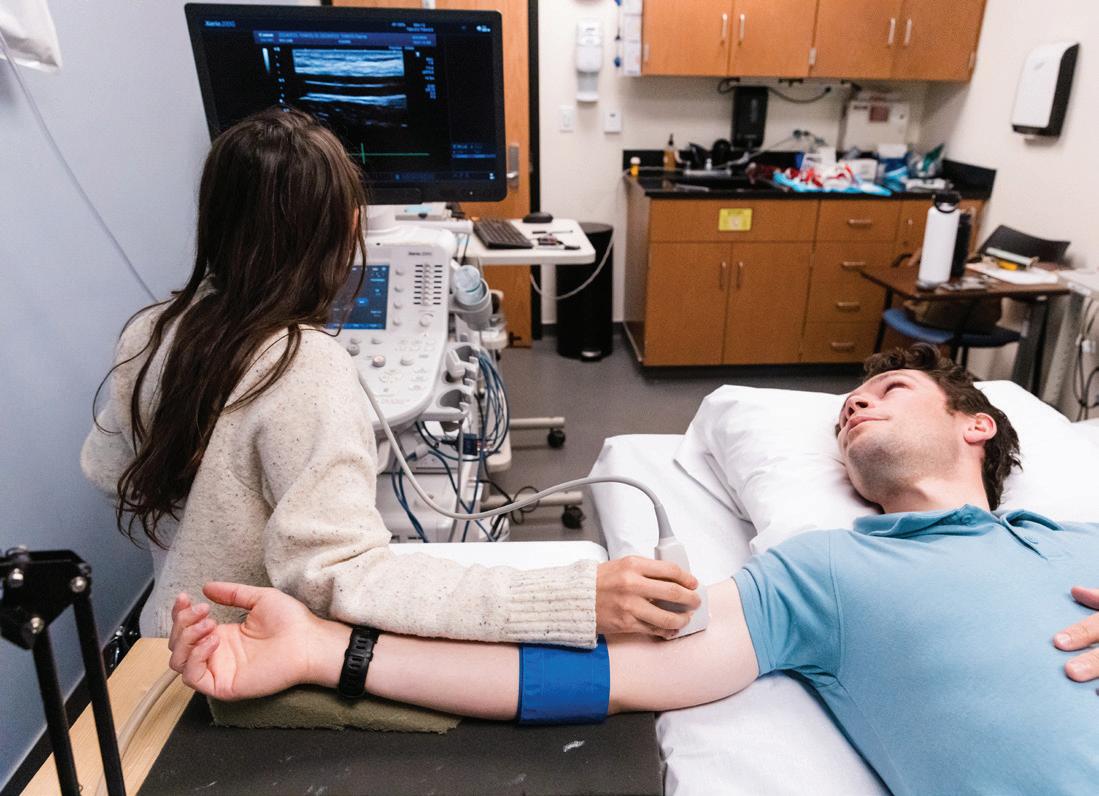
•
•
•
• Personal assistant
• Meal planning



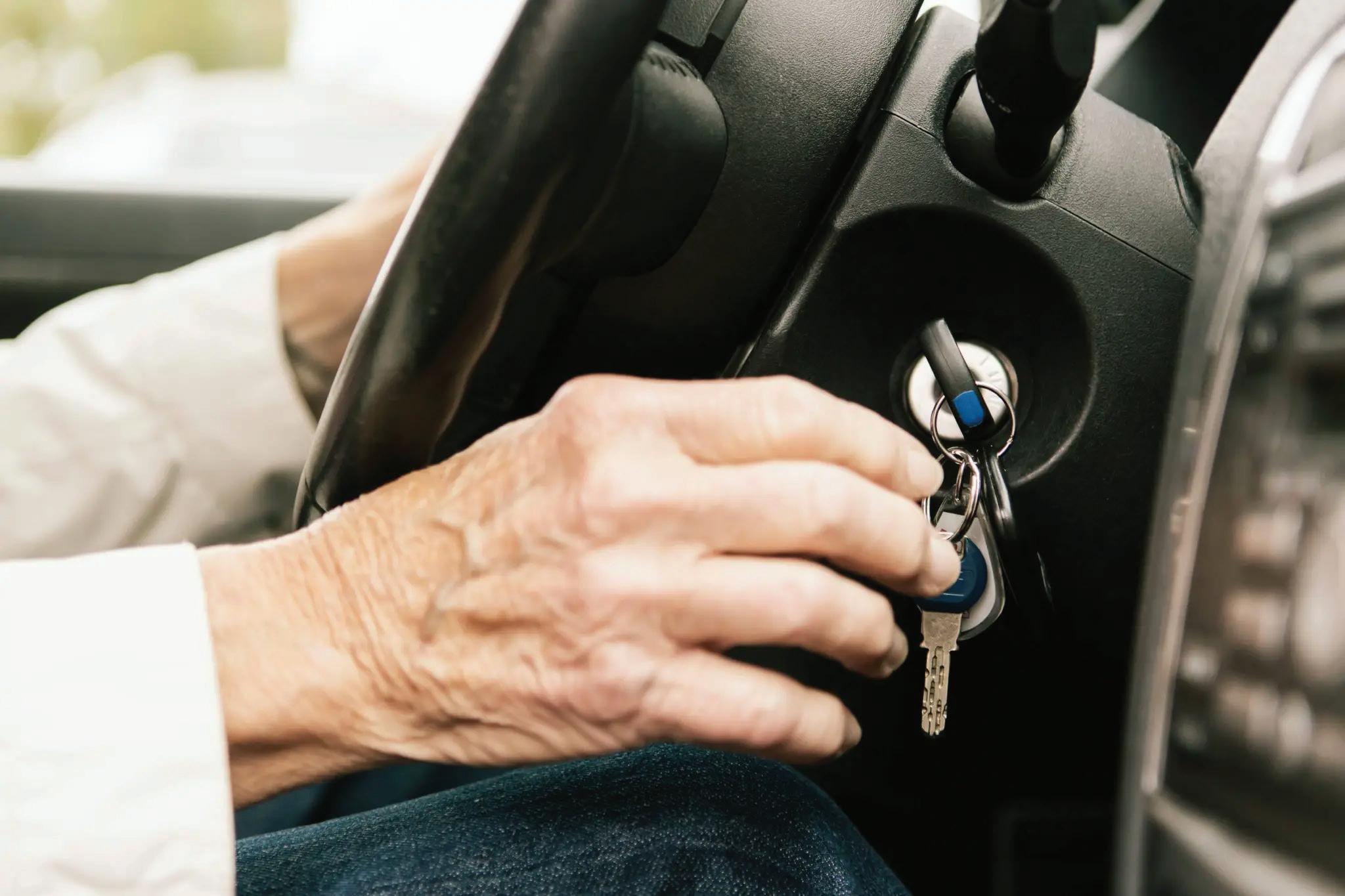
By Judith Graham Kaiser Health News
Lewis Morgenstern has made up his mind. When he turns 65 in four years, he’s going to sign an advance directive for driving. The directive will say that when his children want him to stop getting behind the wheel, Morgenstern will follow their advice.
“I recognize that I might not be able to make the best decision about driving at a certain point, and I want to make it clear I trust my children to take over that responsibility,” said Morgenstern, a professor of neurology, neurosurgery and emergency medicine at the University of Michigan.
His wife, 59, intends to sign a similar document at 65.
Morgenstern has given a lot of thought
to the often-divisive issue of when to stop driving. He co-authored a recent article in the Journal of the American Geriatrics Society that found 61% of older adults with cognitive impairment continued to drive even though 36% of their caregivers were concerned about their performance. Many of these seniors probably adapted by exercising caution and drawing on extensive experience behind the wheel, Morgenstern said. But, he noted, “there is undoubtedly a group of people who are driving and shouldn’t be because they’re a risk to themselves and to others.”
Relatively few studies have looked at how many older adults with mild cognitive impairment or dementia continue to drive, and there aren’t any national standards on when people should hand over the car keys. But the issue is a growing concern as the ranks of seniors in their 70s, 80s and 90s — the age group most likely to have cognitive impairment — expand.
Nearly 50 million people 65 and older held driver’s licenses in 2021, a 38% increase from 2012, according to data compiled by the American Automobile Association. Almost 19 million were 75 or older, a rise of 31%. During this period, motor vehicle deaths for people 65 and older increased 34%, reaching 7,489 in 2021. The number of seniors injured in vehicle crashes that year exceeded 266,000.
For the most part, older adults drive safely. They use seat belts more often, are intoxicated less often and are less likely to speed than younger adults. Compared with younger and middle-aged adults, they’re involved in fewer fatal car crashes each year. And they’re more likely to restrict where and when they drive — following familiar routes, avoiding heavily trafficked streets and not driving at night.
Still, risks for older drivers rise with advancing age and the onset of medical conditions such as arthritis, glaucoma and Parkinson’s disease. And when crashes occur, seniors are more likely to be severely injured or die because they’re more vulnerable physically
Cognitive impairment and dementia pose especially worrisome challenges because decision-making, attention, judgment and risk assessment are compromised in people with these conditions.
“This is a big challenge when it comes to driving, because people don’t react appropriately and self-regulate,” said Emmy Betz, a professor of emergency medicine at the University of Colorado School of Medicine who has studied advance driving directives.
This was the case for Morgenstern’s beloved father-in-law, who developed moderate Alzheimer’s disease in his 70s but remained convinced he was fit to drive. After he got badly lost one day, Morgenstern’s mother-in-law took away the car keys, and “he didn’t understand why. He was very unhappy,” Morgenstern said.
Morgenstern’s interest in advance directives for driving, an option he recommends in his paper, springs from this experience.
Several types of directives exist.
One asks a person to name a family member or friend who will talk to them about whether it’s safe to continue driving. AAA and the American Occupational Therapy Association have endorsed a directive of this kind, which is not legally binding.
Obligations also run in the other direction, with family members agreeing to help the person explore ways to keep driving, if possible. If not, family members agree to help the person find other ways to get out and about by offering rides and helping them use public transportation, carpooling services, or volunteer-driver programs. Uber and Lyft, which have created programs for seniors, are newer options frequently used.
Another nonbinding directive, endorsed by the Alzheimer’s Association, recognizes that people with dementia will not be able to drive as their illness progresses. It, too, names people who should raise concerns about driving when it becomes important. But it goes further by stating: “I understand that I may forget that I cannot drive anymore and may try to continue driving. If this happens, please know that I support all actions taken, including removing or disabling my car, to help ensure my safety and the safety of others.”
At the University of South Florida Health, Lori Dee Grismore, an occupational therapist and certified driving rehabilitation specialist, said up to 75% of the seniors she evaluates have some type of cognitive impairment.
This becomes evident during the first part of Grismore’s comprehensive evaluation: an interview about the person’s driving habits and recent problems; a review of their medical history; a vision exam; a physical assessment; and a battery of six cognitive tests. “If someone doesn’t have insight, which is common, they don’t understand why these tests have anything to do with driving,” she told me.
If she thinks it’s safe, Grismore then takes older adults out on the road, checking their ability to follow directions, make turns, stay in their lanes, maintain appropriate speeds and interpret signs, among other performance measures.
While most older adults with mild cognitive impairment pass these tests, Grismore usually recommends retesting at regular intervals and imposing restrictions such as driving only close to home and staying off highways. But she acknowledged there’s no guarantee seniors will remember these restrictions.
Grismore’s three-hour assessment costs

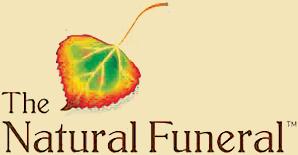
$420. Medicare doesn’t pay — a barrier to seniors with low or fixed incomes. Older adults and families interested in finding a driving rehab provider can consult an American Occupational Therapy Association directory at myaota.aota.org/ driver_search.
Elin Schold Davis, who coordinates the Older Driver Initiative at the occupational therapy association, recommends getting an evaluation of this kind when someone is diagnosed with cognitive impairment or when family members begin to notice problems.
“We should all be planning for our changing transportation needs in our 70s, 80s and 90s,” she said. “The hard part is that driving is associated with independence, and this is such an emotional issue. But the more people look ahead, the more choice and control they can have.”
KFF Health News is a national newsroom that produces in-depth journalism about health issues and is one of the core operating programs at KFF — an independent source of health policy research, polling, and journalism. Learn more at kffhealthnews.org.

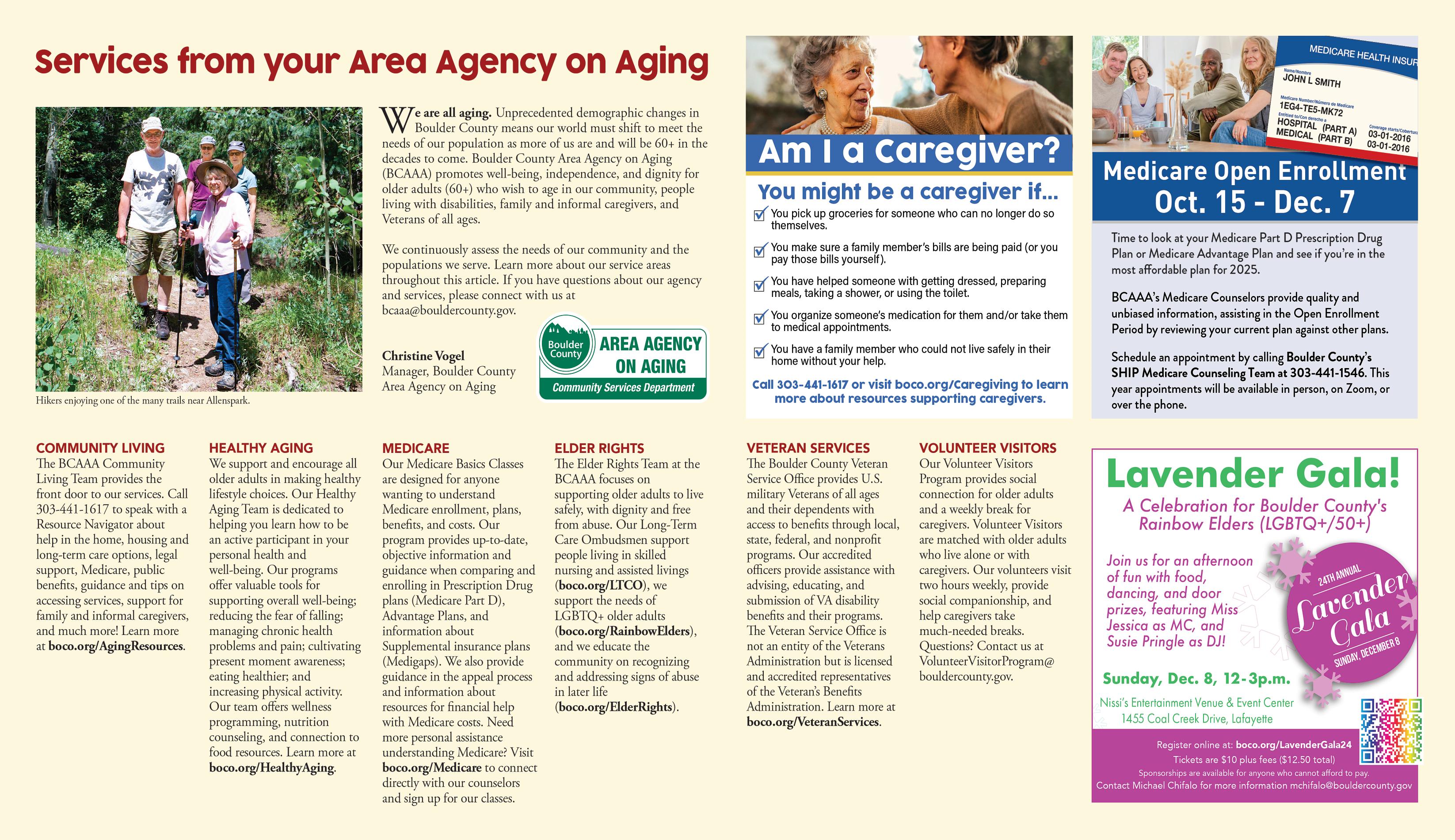


Your guide to assisted living and independent living communities
By Amy Van Vranken for Aging at Altitude
Many older adults turn to independent living or assisted living communities out of a desire to live life to the fullest and focus on what matters most during this stage of life. Health and personal care needs
may also play a role. How do you choose between independent and assisted living? All senior living communities offer some amenities and services and provide a builtin community that increases valuable social connections. The main differences between independent and assisted living are cost, the types of activities offered, community design and the levels of care offered. Consider your needs and budget since communities offer different services and
price points. At a minimum, independent living offers room, board and activities. Services such as housekeeping and home maintenance may also be included. Assisted living offers a higher level of care, including medical and personal care. Some communities offer the whole continuum of care.
Julie Soltis of Frasier Life Plan Senior Living Community in Boulder recommends, “Do your homework” – see
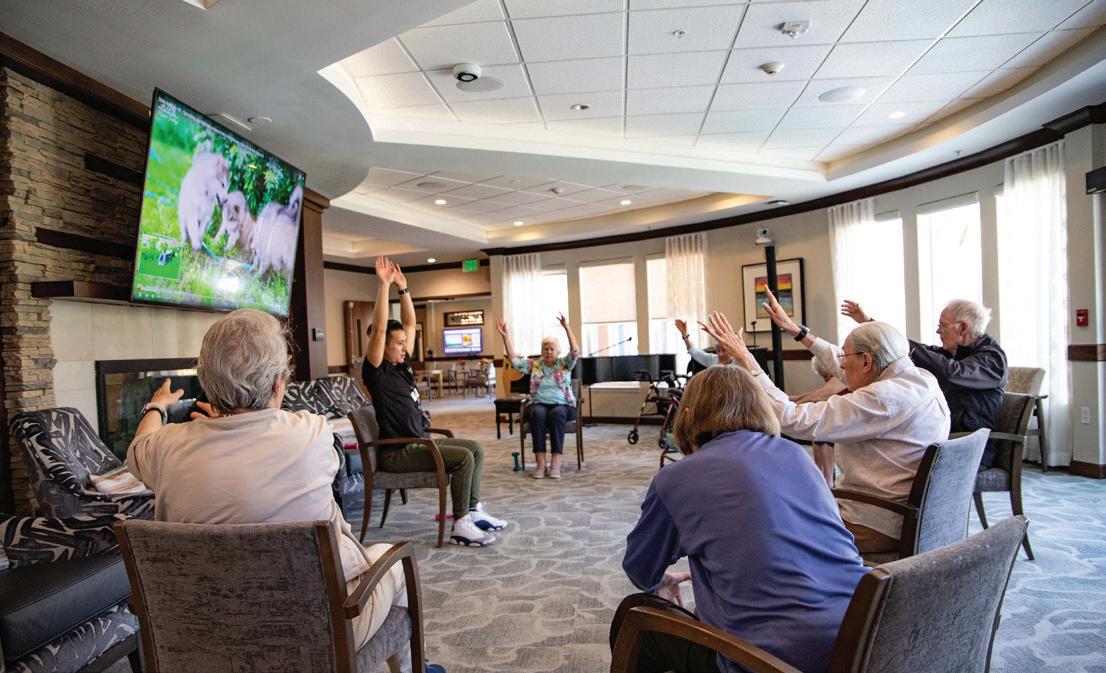

what’s offered and what’s not included in pricing, what different types of contracts are available, and of those types of contracts, what percentage of entrance fees may be refundable.
According to Shirley Berg, executive director of Academy University Hill, financial planning is important but just one aspect of moving to a retirement community. It’s important to find the one community that is aligned with your individual goals — be that lifestyle,
wellness, design and/or location.
“The earlier you start planning, the better.” Jackie Schaible of The Academy in Boulder notes that the waitlist for senior communities can be as long as 10 years. She suggests you consider your family history to understand your expected longevity and budget accordingly. Look at both the upfront cost and the ongoing cost of the community. Schaible mentions that it’s important to budget for a yearly increase in monthly fees of about 3 to 7%.

For over 50 years, Cultivate has dedicated itself to helping seniors flourish through active engagement with their communities Our volunteers support our senior neighbors through programs such as medical rides for military veterans and their senior family members; grocery shopping and delivery; minor home repairs; friendly phone calls; snow shoveling and yard cleanup



Learn more about our services and volunteer opportunities at info@cultivate ngo | 303 443 1933 | cultivate ngo
At communities that offer a continuum of care, residents can add additional services on the same campus as needs change. When evaluating a potential community, ask: Would I be able to transition to a higher level of care at this location if needed or would relocation be necessary if I needed more care?
One of the biggest advantages of senior living communities is the community itself. Soltis emphasizes, “There are a lot of studies that prove that the more engaged
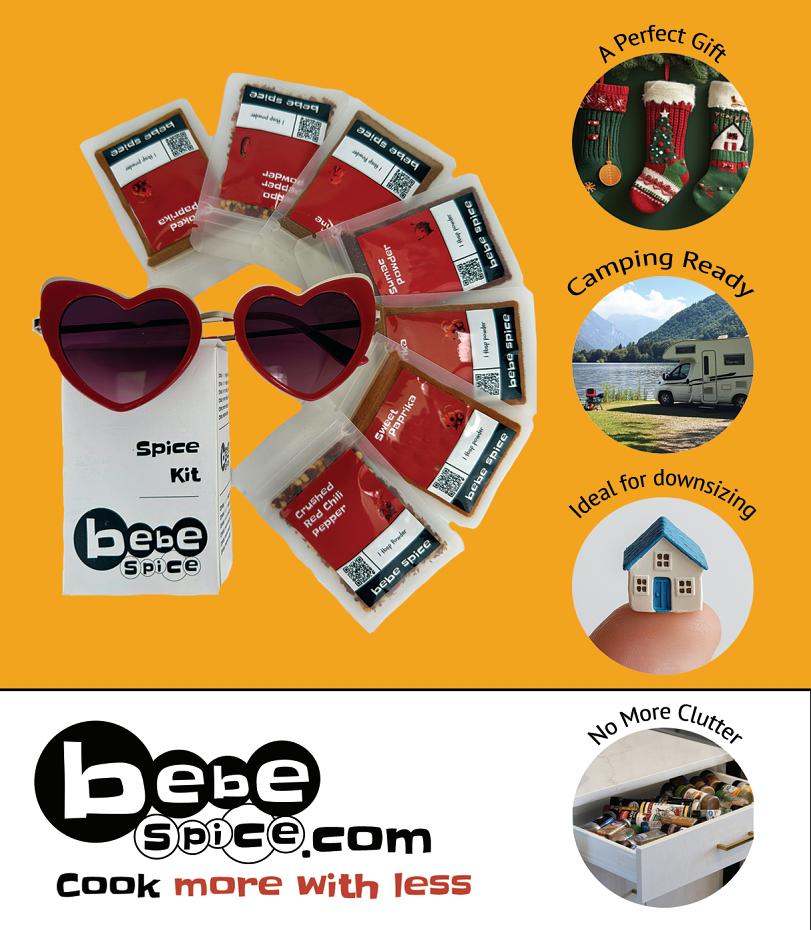
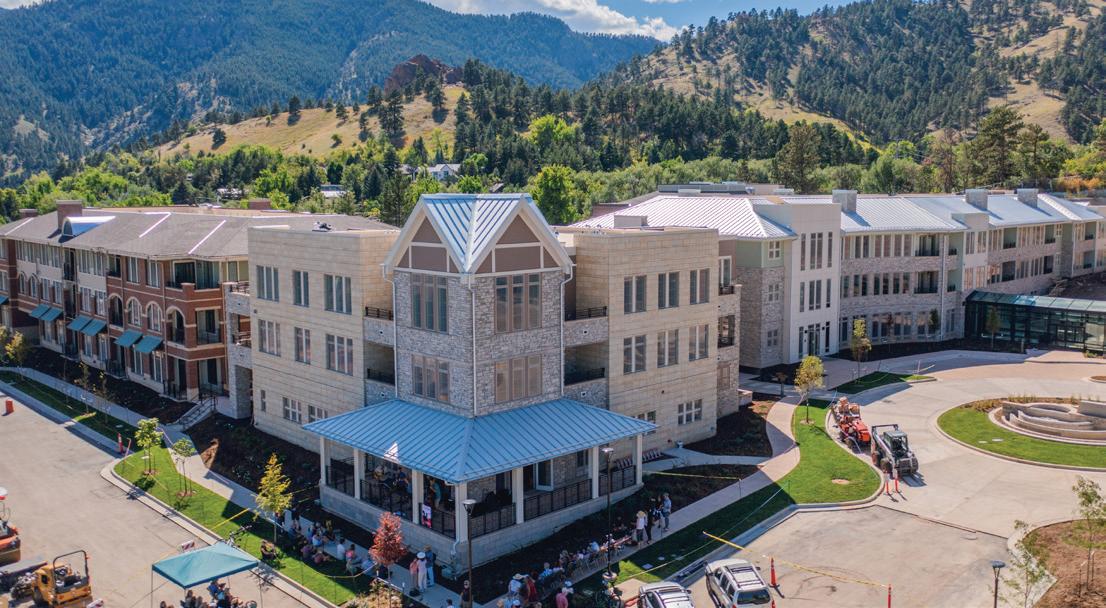
and connected you are, the more longevity you’ll have and the healthier you’ll be.” Be sure to ask about what’s offered Activities and amenities can help you stay physically and mentally active as you connect socially and pursue your interests. Think carefully about what amenities you’ll actually use. Berg shares that creating community is not an easy task. It begins with the residents, families and staff who together build the core of every community Potential residents need to understand a community’s mission and community life, including cultural and culinary happenings

and opportunities. Find the community that supports the values you need to thrive, and you will find your home. Every community has a unique spirit. It’s so worth the time to discover what that spirit is!
Consider community design in light of your present and future needs. Would you like a small studio, a two-bedroom apartment with a kitchen or even a bungalow? What are you looking for in an outdoor space? Other factors to consider include transportation and housekeeping options, safety and cleanliness, dining

options (consider preferences and meal quality), and the caring and expertise of the staff.
After looking at your budget and realistically assessing your needs and preferences, schedule visits to a few communities. Don’t hesitate to ask questions and work with the staff to assess your needs. This is an important decision, so consider the input of family members such as children and friends who may have already made this decision. With some time and research, you can find the senior living community that’s right for you.


By Sarah Huber for Aging at Altitude
Memory care communities have evolved over the past decade to be more person-centric, with daily support and therapeutic interventions that respect the dignity and individuality of those experiencing memory loss. From personalized care plans to meaningful social engagement, today’s approach to memory care at many retirement communities celebrates the gifts and interests of each person in the care community.
At Balfour Senior Living Cherrywood, a memory care community in Louisville, memory care looks like focusing on the strengths of the residents in every aspect of every day Drew Percival, director of memory care at Cherrywood, said, “We ask, ‘What can the resident do, and how can we offer them the opportunity to continue to do that?’ This reinforces a sense of meaning and purpose in their lives,
something we all need.”
Balfour recently partnered with the Center for Applied Research in Dementia to implement a version of the Montessori program that has been retooled for people with dementia. Rather than viewing memory loss as a disease, the program considers it a disability that is an aspect of the whole person, and residents are invited to participate in interactions to the degree they feel comfortable.
This person-centered approach was on display as the residents of Cherrywood helped prepare for a strawberry festival on their grounds to raise funds for the Walk to End Alzheimer’s in Boulder on Oct. 5. A committee of Cherrywood residents tasted the dishes for the event, and Graceful Grange flower farm provided blossoms that residents arranged. “We curate activities that always have a reason, or a ‘why,’ behind them,” Percival said.
Along the same lines, while physical and occupational therapy was once limited for memory care residents, Balfour Cherrywood makes it available to each resident to enhance their quality of life
and maintain a sense of identity. Michael Sell, director of business development at Balfour, noted that people with dementia can form new habits when working with a skilled therapist, and he has seen residents who could not walk more than a few yards gain the strength to be able to move themselves independently within the community.
Part of a person-centered approach involves becoming familiar with each resident’s life story and preferences, added Percival. “Our calendar is always reflective of their interests.”
Likewise, at Frasier in Boulder, social engagement is key to resident overall wellbeing. Cognitive activities such as group games can slow the progression of memory-related conditions, and purposeful activities that resonate with residents’ interests or experiences foster joy and reduce feelings of loneliness or depression, explained Megan Thomas, director of assisted living and memory support at Frasier.
Regular social interaction and physical movement is built into the intentionally
structured routine at Frasier too. “Predictable schedules help residents feel secure and grounded,” she said. “Social interactions help residents maintain relationships and foster a sense of community, which is vital for emotional support.” As for physical activity, residents reap physical benefits as well as an emotional boost. Exercise is shown to improve mood and cognitive function, Thomas continued, “contributing to a better quality of life.”
Memory care communities have always
emphasized safety and support, and today that integrates care for family members as well as residents. Thomas said, “When they join our community or come for the day program, loved ones suddenly have a support network of community members with shared experiences.” For the residents, on-site medical care and regular checkups can help manage chronic conditions that may affect memory, and living in a supportive environment reduces the risk of accidents or neglecting important health routines. Memory care communities
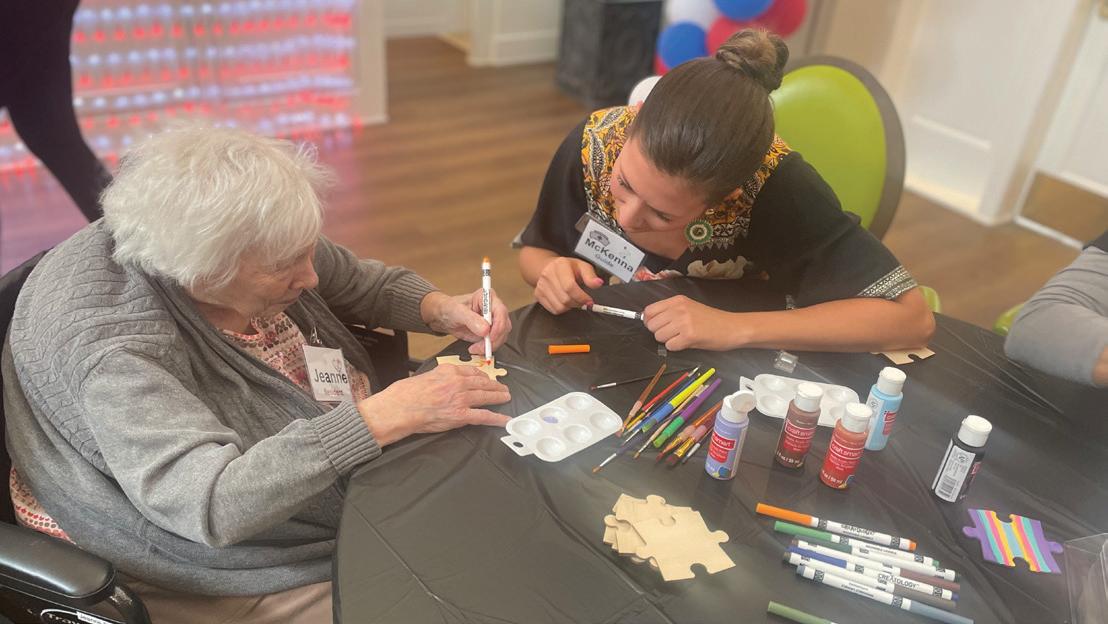












































are also designed to minimize confusion and keep residents secure a dignifying environment.
Care communities throughout northeastern Colorado are aiming to change the narrative about memory care even as they nurture a personalized memory care community. Percival said. “We want people and their families to know that they can continue to live happy and fulfilling lives.”























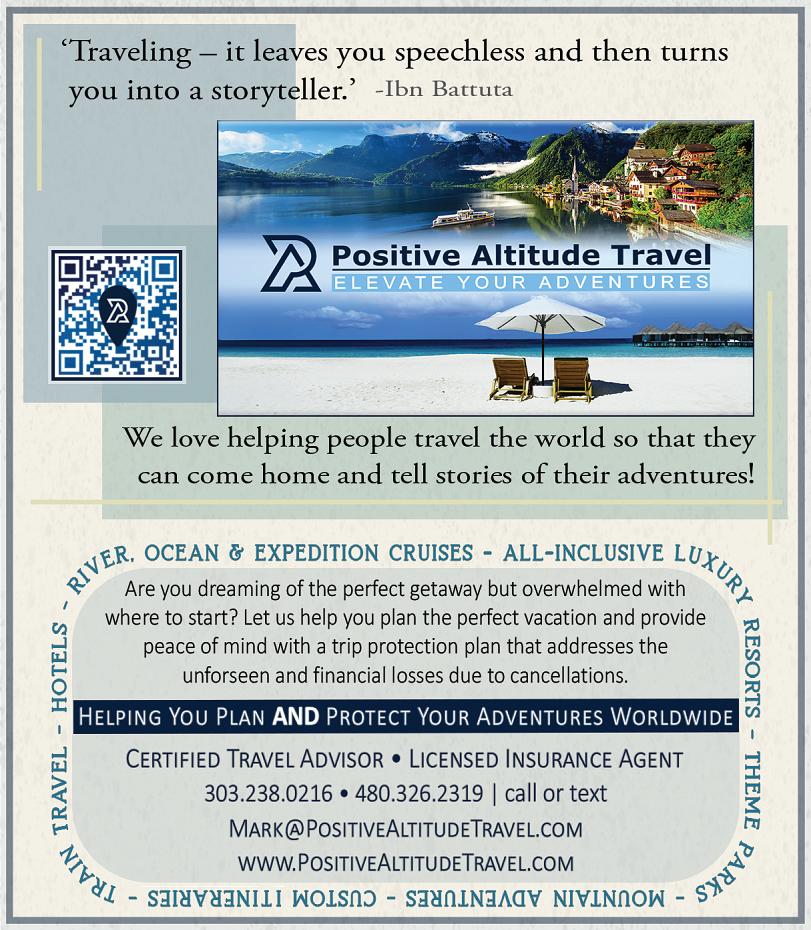

Low-Maintenance Living IN BROOMFIELD!
Find Your Best Fit


Showcasing open-concept layouts with desirable included features, these modern homes boast access to amenities like a dog park, urban nature park, bocce ball court, event room, and much more
Four floor plans from the upper $400s
2 to 3 Bed 2 Bath 1,362 Sq Ft
• Private garages and balconies
• Appliances included
• Easy access to Denver and Boulder
• Near FlatIron Crossing, open space and trails
• Move-in ready homes now selling!
Schedule your tour today!
> 303 268 8364
> CenturyCommunities com/GVCondos









Prices, plans, and terms are effective on the date of publication and subject to change without notice Square footage/dimensions shown is only an estimate and actual square footage/dimensions will differ Buyer should rely on his or her own evaluation of usable area Depictions of homes or other features are artist conceptions Hardscape, landscape, and other items shown may be decorator suggestions that are not included in the purchase price and availability may vary Century Communities was named a Top 10 Homebuilder by Builder Online for 2023, published in their 2024 announcement ©09/2024 Century Communities, Inc

Finding the right place takes finding the right people and asking the right questions

By Jared Fiel for Aging at Altitude
Stacy Dedin found out firsthand the needs of empty-nesters when she and her husband decided to sell their two-story family home and “right-size” into a ranch.
“This meant finding a home that would meet our current and future needs,” she said. Fortunately Dedin, of Compass, is used to this. She is a Realtor with a Senior Real Estate Specialist designation which means she has specialized training in helping seniors transition to the next stage of their lives.

With people living longer, seniors – who for the designation means anyone over 50 –find that they are looking at many different scenarios for what their future may hold and builders and Realtors are ready to help them find the right solution.
Every life is different. Some may have lost a spouse or retired or just realized the cost of maintenance of a large house and yard is too much. Every life has a different solution.
Laura Chittick of WK Real Estate said the most important part of helping seniors is learning about them.“We talk about what services and amenities are important to them in a community or HOA,” she said.

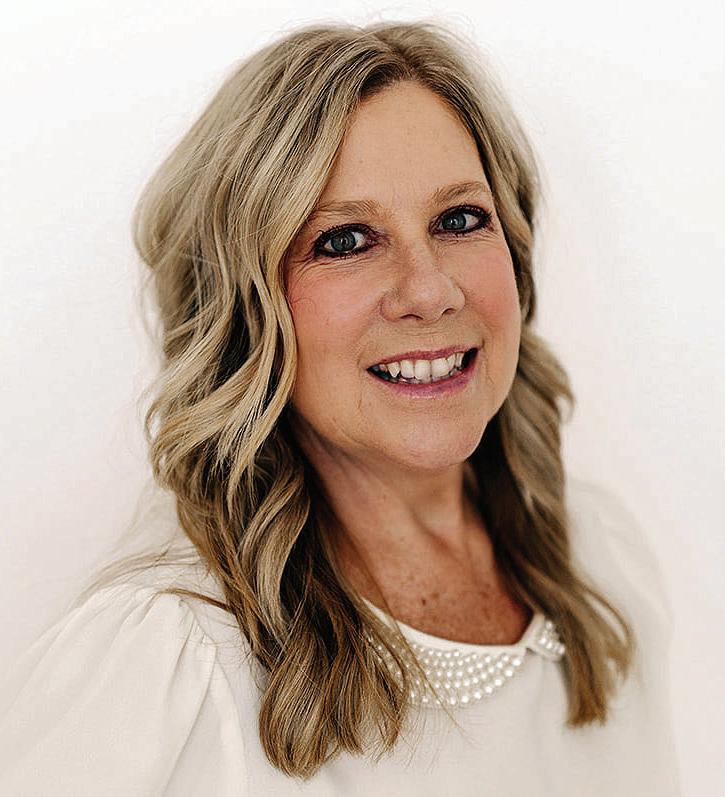

“Do they want to live in an income-restricted community with folks close to their age that may have activities they can engage in or is the location close to family, their church, medical services more important to them? I give them advice based on what they will be looking for in their home depending on their lifestyle and what is important to them.”
Dedin works with Angela Deabler, a certified senior advisor with ViewPath Senior Services, when meeting with new clients or in developing classes for aging adults.“We want to get information in front of people early before it is a crisis moment,” Deabler said.“So, when there is a crisis, they have all
the information they need to make a decision.”
Specifically, Dedin works with them on selling their existing home and finding a new place that will fit them now and in the future. Deabler talks with them about other needs they may have now or coming up, like assisted living or full-time care in a retirement home.
Dedin said getting to know people helps her help them.“I would love to build a relationship with the senior over time before they make the decision to move,” she said.“Helping them adapt their home first to stay as long as they can is a wonderful way to start. Sometimes easy fixes like changing doorknobs to levers and adding some safety bars in areas can help someone stay where they want longer.
When the choice comes down to finding a new place, there are still a lot of options out there. Chittick says finding homes on one floor or condos in buildings with elevators is the No. 1 thing she hears.
Like Dedin herself, many of her clients are wanting to “right-size” which usually means
moving to a smaller place that is easier to manage.“Right-size is whatever the senior feels is right for them,” she said.
Drew Kell of Boulder Creek Neighborhoods knows this market well with a company who has been building homes in Colorado for three generations.“It’s about a low-maintenance lifestyle,” he said.“We have heard from our clients. They don’t want a 55+ community. They are active and don’t like all the rules and regulations and high HOA dues.”
Boulder Creek Neighborhood homes come with many amenities seniors have said they want, including moving electrical outlets six inches higher for easy reach, making all the doors and hallways wider to accommodate future needs like a walker or wheelchair.
Dedin said all of these things are important for seniors to think about as well as financial implications.
“I like to refer seniors to financial planners, estate planners, tax advisors, reverse mortgage advisors, elder law attorneys, if they do not have one as being fully educated will help the senior and their family make the best decisions possible,” she said.“I strive to build a relationship as their trusted real estate advisor I do what is in the best interest of the senior.”
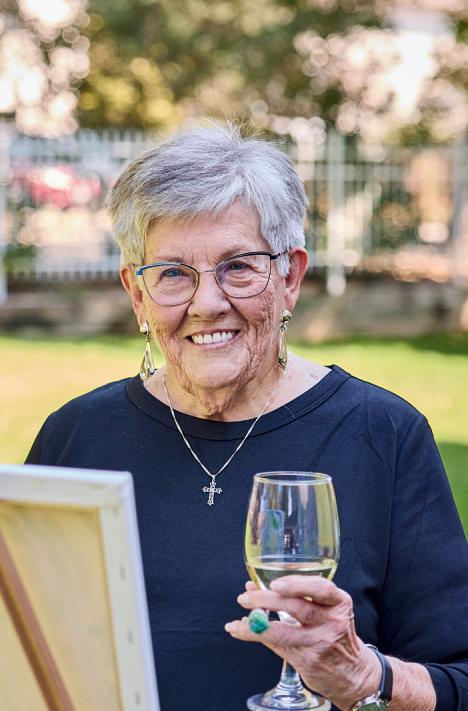










By Kristen M. White for Aging at Altitude
Home renovations often bring to mind big, expensive projects. While there are plenty of those, too, there are also many smaller, simpler and less costly things that can make a home safer and more comfortable for aging residents. We’ve put together some helpful changes that can be made, whether for yourself or an aging parent. Sometimes, it’s the little things that can make a big difference in day-to-day satisfaction and ease of life.
It’s a big change, but if you’re looking to install new flooring, there are some things to consider, said Kelley McDonald of McDonald Carpet One in Boulder.
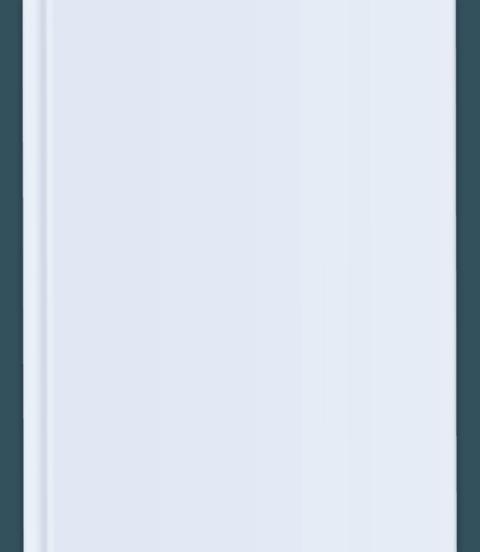



“Carpet is always a good go-to. It creates warmth underfoot and forgives in case of a fall,” she said. “If someone uses a mobility device, we suggest luxury vinyl plank, as it is a smooth surface for walkers or wheelchairs, easy to clean and waterresistant.”
What if the home already has hardwood floors, and you’re not looking to replace them? McDonald recommends adding runners to the stairs and area rugs throughout the rooms. McDonald Carpet One specializes in custom shapes and sizes so a buyer can get exactly what’s needed.
“Carpet runners keep them from slipping, especially on things like hardwood stairs,” she said.
Bigger ticket items here include widening doorways to accommodate mobility devices and installing new windows that are easy to open and close.
However, there are also lots of other smaller touches that can make getting around a home easier. Handrails on either side of a staircase can assist someone with balance or strength constraints. Paddlestyle light switches are easier to operate than a traditional toggle switch. Raising
the outlets in a home makes them easier to reach.
In the bathroom, a shower is usually safer and easier (as it’s often a zero-step solution) than a bathtub. An out-swinging door makes it much easier to navigate for someone with a mobility aid or who requires assistance. Grab bars on the wall are always helpful.
Another option for aging adults is decluttering and streamlining. Sorting through belongings and cleaning out no longer used or desired items makes the future easier Beth Blacker of It’s Just Stuff (servicing the Front Range) knows a lot about this.
“People collect all this stuff throughout their lives, and then whether they’re aging in place or downsizing, going to assisted living or whatever, they have to make really tough decisions about what to continue to hold onto,” she said.
“If you know this will be an emotional process, start sooner than later. Give yourself the time and the space for grief.”
Blacker said it’s always beneficial if adults take their time going through their things and pairing down their belongings
rather than suddenly being rushed to downsize. Waiting until it’s a “must-do now” creates more stress.
“Why not take the journey up the mountain to reduce the burden?” Blacker asked. “You can make memories out of a lot of things – things like photo books, t-shirt quilts and more. There’s so much guilt about getting rid of things, but we remind people that they’re not throwing away a memory, only getting rid of the physical object it’s attached to, which can help.”
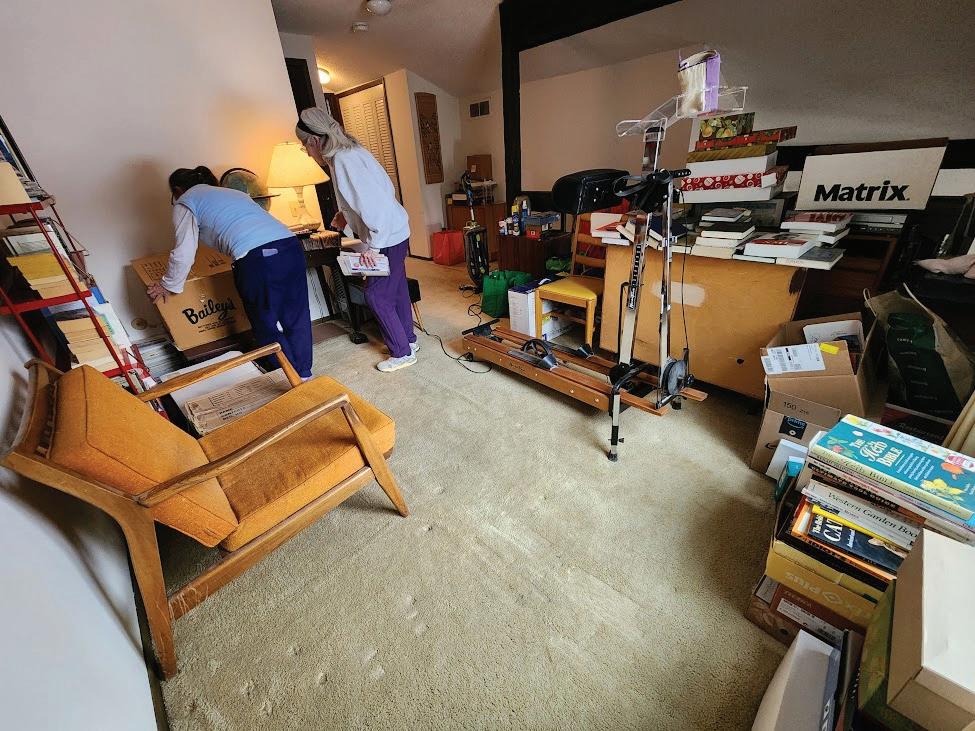

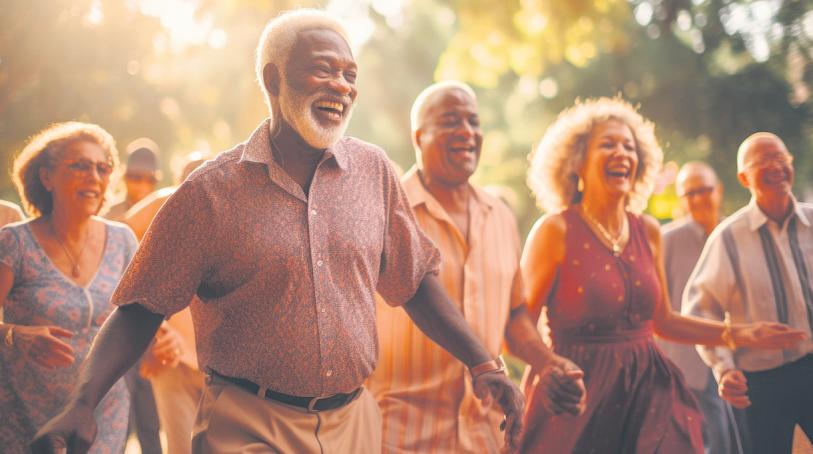







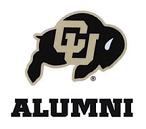
By Ross Maak for Aging at Altitude
Making the switch from working to retirement can be a jarring one for some. That said, there are a number of options and resources for seniors looking to stretch their retirement dollar
According to Brett Wiley, a financial advisor with Edward Jones investments In Louisville, Social Security and pension income are the “guaranteed” sources of income that can’t be outlived.
“Often, retirees plan to cover fixed retirement expenses such as housing, utilities, food, and transportation costs, with income from these guaranteed sources,”Wiley said. “Guaranteed income sources can provide an “income floor” that ensures a retiree will always have these basic needs met.”
For those without workplace pensions, Wiley says an annuity could be an option for lifetime income.
“Annuities are contracts issued by insurance companies and come in many types,”Wiley said “A SPIA, or single premium immediate annuity, is often referred to as a ‘personal pension.’ A lump-sum of money out of personal savings is turned over to an insurance company in exchange for a contractual agreement for a lifetime stream of income.”
That said, sometimes a different revenue stream is required. Wiley says this is where personal savings come in. This includes retirement accounts like an IRA, Roth IRA, 401k or 403b. Brokerage account investments like stocks, bonds, CDs and cash can also provide income.
“Withdrawing from personal accounts, however, can present challenges,”Wiley warns.“It’s important to determine how much money can be withdrawn out of personal savings so that your money can last as long as possible. Many factors go into determining a safe withdrawal rate for a portfolio, but a withdrawal rate of 4% is typically considered a good starting point.”
Reverse mortgages, which have gotten a lot of positive and negative attention in the past, are also an option for retirees.
“Reverse mortgages are not what they used to be,” said Gabe Bodner, vice president

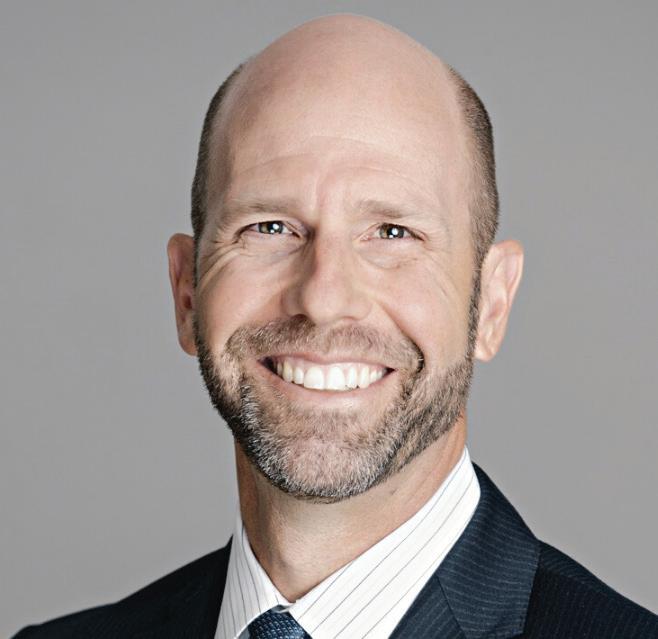

and retirement mortgage planner with OneTrust Home Loans. “These products can be a flexible and innovative financial tool that can enhance retirement income planning, reduce tax liabilities, and protect against various risks such as long-term care expenses, sequence of returns, and excessive asset distribution rates.
“Additionally, reverse mortgages can be a tax friendly asset to pay taxes for Roth Conversions or finance life insurance premiums.”
According to Bodner, a reverse mortgage allows homeowners aged 55 and up (62 for the FHA program) to access a portion of their home equity without having to make monthly mortgage payments.
“The reverse mortgage doesn’t need to be repaid until the last borrower permanently leaves the home — whether by moving out or passing away — as long as they continue to reside in the home as their primary residence and keep up with property taxes,
homeowner’s insurance, and any applicable HOA dues,” Bodner said.
Bodner likens a reverse mortgage to adding a spigot to the side of your house, allowing you to open up access to equity for anything you want.
There have been a number of misconceptions spreading about reverse mortgages, too, according to Bodner
“One of the most common misconceptions is that the home must be owned free and clear, meaning no mortgage on the home,” Bodner said.“This is not true. The reverse mortgage simply must be the only mortgage on the home. Therefore, a reverse mortgage can be used to pay off an existing mortgage and free up monthly cash flow. Additionally, many people believe that a reverse mortgage means you give up ownership to your home. That is also incorrect The homeowner still owns the home and can still pass the home onto the heirs.
“Third, many people believe that the home cannot be sold once they have a reverse mortgage. That is also incorrect. You can certainly sell your home at any time you want and there is no penalty for paying off the reverse mortgage early.”
While a lot of these options can seem daunting, Wiley reminds retirees they aren’t alone.
“Working with a trusted financial advisor who knows your long-term goals, income needs and comfort with risk, can help you better navigate the changing market environment during retirement,” she said.
By Darren Thornberry for Aging at Altitude
state planning involves preparing legal documents to manage your assets and final wishes This includes the creation of wills, living wills, trusts and healthcare directives that instruct your representatives and loved ones how to carry out your wishes when you pass away.
“Estate planning should include not just wills and trusts to plan for where your assets go when you die, but also disability planning documents like medical and financial durable powers of attorney, advanced directives, medical waivers and burial or cremation plans,” explains Susie Germany, owner and principal attorney at the Germany Law Firm (coelderlaw.com).
“It can also include planning if you own a family business, farm, ranch or other cabin.



Having an up-to-date, comprehensive estate plan is very important to avoid issues in the future and so is choosing the right people to serve in important roles like trustee, personal representative and agent. Family is sometimes not the best option, and there are professionals who can do this work.”
Diedre Braverman, managing attorney at Braverman Law Group (braverman-law. com), offers her wisdom and expertise to explain the important aspects of this role.
“A fiduciary is a person who has to act in your best interests, even if your interests contradict their own. Fiduciaries fill many roles in an estate plan. They manage your affairs if you become incapacitated. They make medical decisions for you if you can’t. They carry out your wishes after you

die. They can be your trustee, personal representative, or agent under a power of attorney. (Your attorney is also your fiduciary. Your financial advisor might be a fiduciary, too.) When choosing a fiduciary, look for qualities such as trustworthiness, financial savvy, good judgment and the ability to communicate effectively with your beneficiaries.”
Rebecca Blazquez, associate attorney with Jorgensen, Brownell & Pepin, P.C. recommended asking trustworthy family members or longtime friends to serve as fiduciaries or seniors can appoint professional fiduciaries from a law firm. Braverman says, “It’s also important to consider whether the individual or institution has the time and resources to fulfill their responsibilities to you and your beneficiaries.
“When evaluating institutions, consider their reputation, fees and the level of




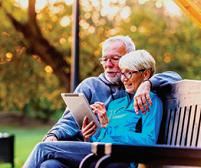
personalized service they offer. It is essential to choose a fiduciary who aligns with your values and understands your wishes Private professional fiduciaries tend to be smaller companies that charge hourly rates and, unlike other paid fiduciaries, will act as your medical agent
“All professional fiduciaries have the advantage of being less emotionally involved than a family member or friend. They can also be a good option if family dynamics are complicated, if the estate is large or complicated, or if there are concerns about potential conflicts of interest.”
“It is very important to review your documents at least every five years or when there is a major life event like a death, divorce, marriage or birth of children or grandchildren,” says Germany. “Life and tax laws change, so it is important to review your estate planning documents regularly.”
When discussing your estate plan with your

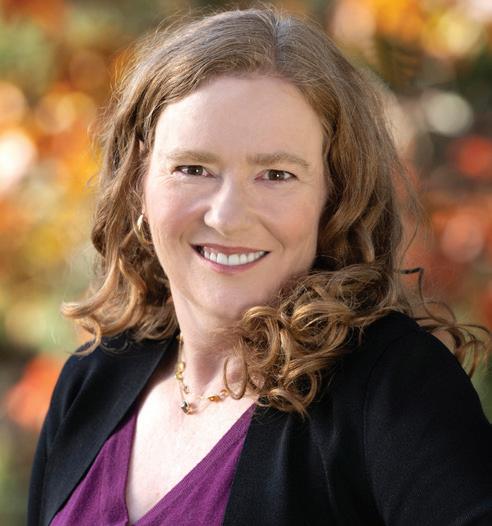

family, be open about your wishes and the roles family members may play, such as executor or healthcare proxy. Braverman: “We routinely hold family meetings after our clients have signed their estate plans for that exact purpose: to let family members know what our clients’ wishes are and what family members’ (or close friends’) roles and responsibilities are. We cover when they need to act and when to contact us for help.”
Germany adds: “I always suggest to people that the best way to address this is to make it about them, not their kids. They
should open it with a discussion about what their wishes are with respect to what kind of care they want to receive, where they may want to live or not live, and ask their family what roles they would feel comfortable taking on.”
A solid estate plan protects both you and your loved ones by ensuring your wishes are followed and your assets are managed properly. You can secure peace of mind and protect your legacy for future generations.

Local experts help in choosing the right plan and supplement for your health needs
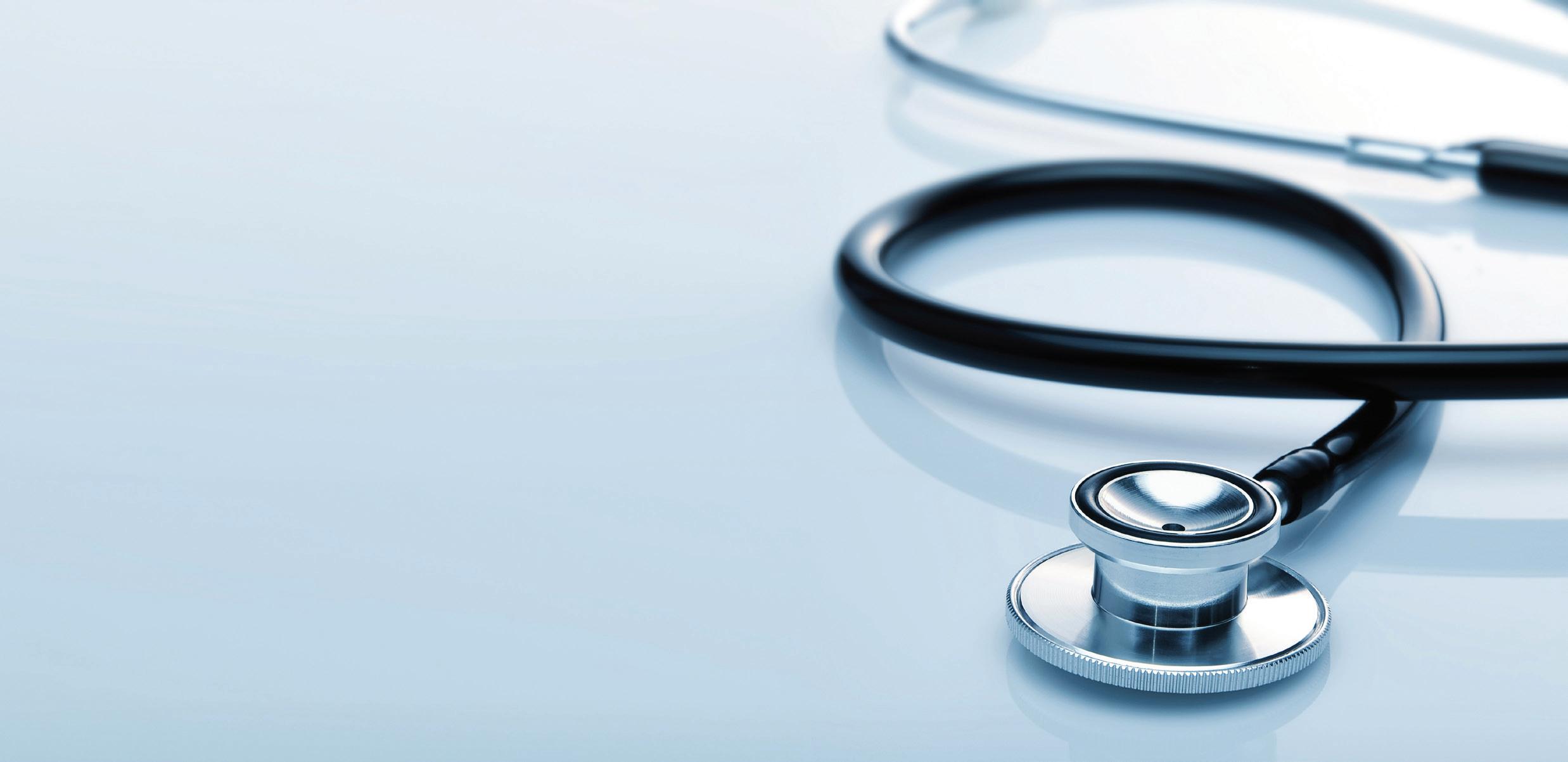
By Linda Thorsen Bond for Aging at Altitude
Navigating the rocky sea of Medicare plans can be rough as words like basic, advantage, original, supplement and Medigap, and initials A, B, C & D float by. In this article, we’re throwing out a lifeline to help you sail through those choppy waters.
The first question is about Medicare basics. Mary Hansen of Aging at Altitude Insurance Agency offers a very simple explanation. “Medicare is health insurance provided by the government,” she said. “You are eligible for it when you become 65 or younger on the basis of disability. People think Medicare is just for seniors, but there are people of all ages who Medicare helps. The amounts paid are the same nationwide. People with Original Medicare have Parts A and B, covering health basics but not paying for vision, dental, hearing and prescriptions.”
In addition to basic Medicare, secondary supplements cover the percentages that aren’t covered by the government’s health insurance.
Hansen said an alternative option is a Medicare Advantage plan. “Part C is most of what you see in ads on TV and in your mailbox,” she said “Insurance companies take over as your primary health insurance. Even though it works with Medicare, the bills and claims are outsourced to private companies. You don’t have to buy all the supplemental coverages such as dental,
vision, hearing and prescriptions.
“Every time you get these programs figured out, they go and change it!” Hansen said with a laugh. “Even though the government’s Medicare has not changed since 1965, the secondary private plans, such as the part D drug programs and Advantage plans, change dramatically yearly It really helps to have someone who can translate the programs so you can pick what’s best for you. We do it on a case-by-case basis annually. We can tell you what plan a local hospital takes and how to work with the local doctors, pharmacies and hospitals.”
Chuck Peabody, Charles F. Peabody Insurance, LLC, broke down costs for the different aspects of Medicare:
urgent care, surgeons, radiology labs and ambulances. For 2024, there is a $240 deductible for covered services and then 20% coinsurance for those covered services. There is no upper limit to the coinsurance costs. The baseline Part B premium in 2024 is $174.70 but can increase based on an individual’s income (with a 2-year lookback). Each year, Medicare adjusts the premiums, deductibles and coinsurance amounts for both Parts A &B.
“I would say that the most important thing is to use a local agent. I can’t stress that enough. We know how things work in our area.”
“Part A covers Inpatient hospitalization, Skilled Nursing, Home Health Care and Hospice Care. Except for hospitalization, certain conditions must be met to take advantage of these benefits. Part A requires the Medicare Beneficiary to pay deductibles and coinsurance, which can be costly For starters, in 2024, an inpatient hospitalization has a $1,632 deductible. If a beneficiary is in the hospital longer than 60 days, there can also be $408/day coinsurance payments. This process and related costs can happen up to five times a year
Part B covers doctor visits, ER and
With Parts A and Part B, an individual can join a Medicare Advantage Plan, sometimes called “Part C” or an “MA plan.” This type of Medicare health plan is offered by Medicare-approved private insurance companies that must follow rules set by Medicare. Most Medicare Advantage Plans include prescription coverage (Part D). These plans cover certain doctors’ services, outpatient care, medical supplies, and preventive services and may or may not have a monthly premium. Depending on a person’s zip code and resident county, beneficiaries may be able to purchase HMO, PPO, PFFS, MSA or SNP plans. A Medicare Advantage Plan may have different rules than Original Medicare, but the plan must give at least the same coverage as Original Medicare. Medicare Advantage plans
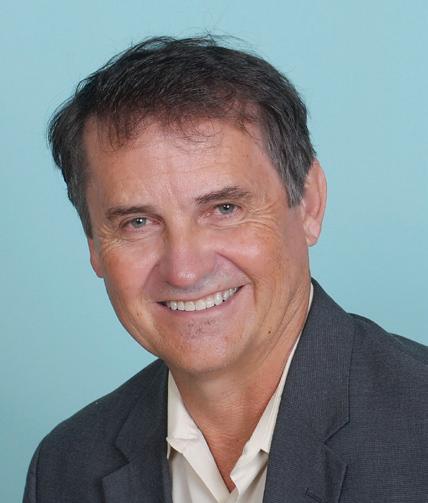


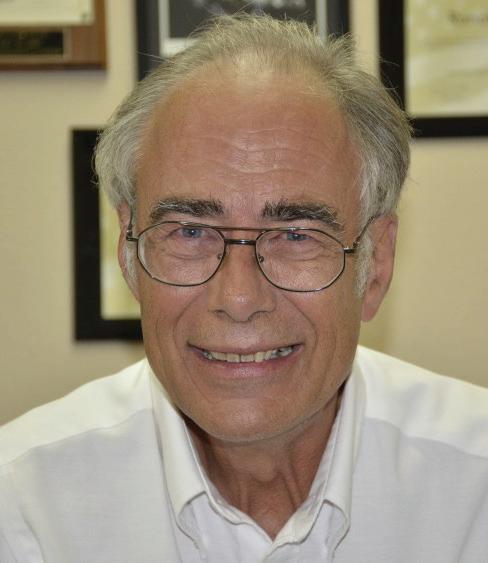

typically have a maximum out-of-pocket cost for medical expenses. As such, they can cap the Part A & B costs that someone might experience if they have just Original Medicare. On the other hand, an MA plan may restrict clients to visiting only innetwork providers. HMO plans typically have local or regional networks, while PPO plans may encompass the insurance carrier’s nationwide network of providers. The carrier determines all these conditions and may differ from plan to plan.
To receive coverage for prescription drugs, Medicare Beneficiaries must purchase a stand-alone Part D Prescription Drug Plan (PDP) or get prescription coverage as part of a Medicare Advantage plan.”
Medigap is another term that is very important when considering your needs. Ron Vejrostek of Vejrostek Tax and Financial explained the “gap.” He said, “When you sign up for Original Medicare, Medicare will then pay 80 percent of the approved amounts, after deductibles. Approved amounts are not the same as billed amounts.
Hence the gap. The Medigap policies pay the differences to varying degrees.”
He explained, “Some doctors will accept the amount that Medicare assigns and consider the bill as paid in full. Some doctors say they don’t go with those numbers, and Medicare allows those
doctors to charge 15 percent more than the amount Medicare assigns. In those cases, the gap is even larger. There are, in total, 12 different Medigap plans, and they vary in the percentage of what the plan covers. Most commonly, I recommend Plan G because it pays everything (not including prescriptions) except a $240 deductible. These plans are good if you want to be able to plan your complete out-of-pocket expenses. You will know your cost for the year is your monthly premiums plus $240.”
Vejrostek says, “I would say that the most important thing is to use a local agent. I can’t stress that enough. We know how things work in our area. With a call center, you have an agent, but they are not

your own agent. We can figure out how to get more bang for your buck. The bad thing about supplemental coverage is that the premiums increase every year. It gets to the point where you are paying out more guaranteed monthly payments than even if you had a bad year and hit the maximum out-of-pocket with an Advantage plan. If you have a local agent, you get to talk to an agent, and you know that local person will be with you for years and years and be able to review what your actual needs are. We work with our clients going to them or Zoom meetings, or they can come to the office.”
LeSean Wittkop of LeSean Wittkop Insurance certainly understands how confusing Medicare can be. “Making insurance choices can be tough! I always tell my clients not to feel pressure because they can make changes to their coverage. The perfect time to do this is during the Annual Enrollment Period. This enrollment period happens every year from October 15 to December 7. During this time, anyone currently on Medicare can add, drop or switch their coverage. If you decide to switch your coverage during this period, your new coverage will begin on January 1 of the following year. If you decide that
you are happy with your current coverage, you will not need to do anything. Your plan will roll over into the next plan year. There’s another enrollment period for enrollees with Medicare Advantage Plans! This is the Medicare Advantage Open Enrollment Period. This happens every year from January 1 to March 31. Only enrollees on a Medicare Advantage Plan can make a one-time switch during this period. You can make a one-time switch to another Medicare Advantage Plan or go back to Original Medicare.”
David Gresl with Clear Spring Health has a refreshing take on his work with Medicare clients. “We feel it’s important to educate members in Medicare programs about how to take care of their health conditions. We pride ourselves on helping support a healthy population. We take care of our members by urging them to be more involved in their own health. At Clear Spring Health, we provide information about exercise programs such as Silver Sneakers, which lets people work out at their local gym for free. We’ve found that Silver Sneakers is really only used 25 percent of the time, but it’s accessible to anyone in Medicare Advantage programs. There is even scholarship funding for

neighbors and grandchildren that people can get by exercising We want to make people able to get out, socialize and exercise. A healthy population benefits everyone. There are programs that help people take care of chronic needs, like high blood pressure monitors, so they can get care of their needs before they become something major. Our plans even include grocery and utility benefits, help with cell phone costs and gas or electric bills. At Clear Spring, we offer programs that help members get what they need for quality of life.”
The Inflation Reduction Act takes effect on January 1, 2025. Vejrostek explained that the biggest change is that the maximum out-of-pocket expense for prescription drugs is changing from $8,000 to $2,000. He said, “The government is not taking on the difference, but the insurance companies will take on more of the burden for that overage. It is changing many of the plans to a degree, and there will be many little changes because of that. It is important to go through your drug list to see the changes.
You and your agent must carefully see what works best for you for the changes in the new year.”

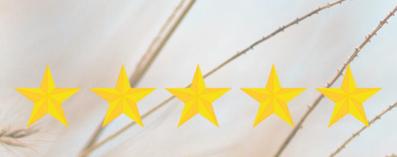
By Shelley Widhalm for Aging at Altitude
Hospice care shouldn’t be about giving up hope but a time to make the most of a loved one’s final days.
“It should give you hope for the most comfortable stay during your journey,” said Lilliann Osborne-Durst, CEO of Trail Winds Hospice in Boulder “Being able to openly discuss it, the death
process is very therapeutic and takes away some of the fear.”
Hospice is an interdisciplinary approach and philosophy of care that focuses on comfort and symptom relief rather than curative care for those with a terminal illness and given six months or less to live by their physician or health care provider, as defined by Medicare.
“Hospice patients can maintain relationships with their own physicians and, in addition, now have access to

hospice physicians and a hospice-registered nurse,” said Jessica O’Leary, patient care consultant for TRU Community Care in Lafayette. “When someone chooses to focus on comfort and quality of life, they want the comfort and reassurance that hospice will support them so they do not have to experience any more lifeprolonging, curative interventions.”
The patient’s care team consists of a physician, a registered nurse, a certified



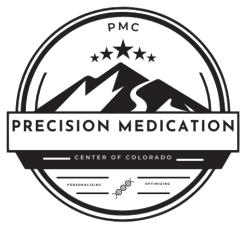



nurse’s aide, a social worker, a spiritual counselor or chaplain, plus volunteers who help with companionship, bedside vigils, and chore and errand assistance. The care team manages the patient’s symptoms and provides essential medical equipment, personal care supplies and medications. Nurses typically visit twice a week, while other team members, such as social workers and aides, visit as needed, whether that’s multiple times a week or every week.
“Hospice can be provided wherever the patient calls home,” Osborne-Durst said, adding that home can be the patient’s home, a facility or unhoused.
Hospice care is delivered through four service levels, starting with routine care, the most common level, where the care team regularly visits the patient’s home. Respite care offers temporary relief for caregivers, with up to five days of care in a skilled nursing facility. The other two levels include general inpatient care, designed for managing more complex symptoms that cannot be handled at home, and continuous care with round-the-clock nursing and support in the home for patients needing a higher level of symptom management.
“That nurse will stay in the home

setting until the symptoms are managed,” Osborne-Durst said.
Signs that it’s time for hospice can include a life-limiting illness, frequent falls and hospitalizations, unmanaged pain, frequent infections, unintended weight loss and significant decline in physical or cognitive function.
“An early discussion knowing what a loved one wants before they need it is such a gift,” Osborne-Durst said. “It gives a roadmap to care for them when they can’t speak for themselves.”
Osborne-Durst recommends that families approach their loved ones gently, asking simple, honest questions about the care they want to receive while also respecting their boundaries. Trail Winds provides an informational visit to the patient’s home before setting up a care plan for the patient and family
“When someone chooses to focus on comfort and quality of life, they want the comfort and reassurance that hospice will support them so they do not have to experience any more life-prolonging, curative interventions.”
in nature, and listening is essential, as well as understanding what the patient understands about their illness, treatment options, and what is important to them in their life,” O’Leary said. “Being gentle and candid is essential as these individuals and families need information to make the best decision when they have a limited amount of time. Focus on the person first, the illness second.”
After a patient lives out their final days, grief counseling is offered, with ongoing support for 13 months, as Medicare requires. At Trail Winds, there are grief counselors, grief support groups, and activities, including an annual butterfly release, a Christmas memorial, and monthly walks from spring to fall.

“Goals of care conversations are delicate
“It’s a beautiful experience,” OsborneDurst said. “There’s such a thing as a beautiful death … when death is their way and their wishes are respected.”









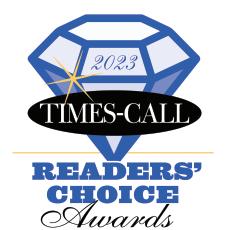
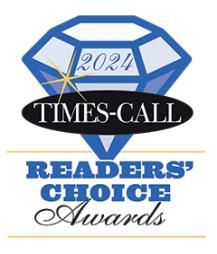



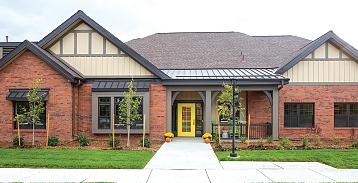


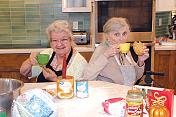


•
•
•
•
•
•
•




By Andy Stonehouse for Aging at Altitude
As open as we’ve become on many other once-taboo personal issues in North America, the topic of funeral planning still remains a tough subject to broach for some families. However, given the inevitability of end-oflife decisions, many people have found it a much easier path to begin having those discussions early and pre-planning and financing those arrangements.
Boulder County naturally remains ahead of the curve when it comes to including eco-friendly choices in ceremonies, burials and cremations, which can offer an additional avenue for those who’d like to see their final days reflect their environmental philosophy.




Austin Timpson, general manager of The Natural Funeral, a Lafayette- and Loveland-based holistic funeral home, has helped families explore a range of funeral and cremation services that complement and expand the offerings of other traditional funeral specialists in the area.
The Natural Funeral has been a trailblazer in the process now known as termination – the organic and gentle natural reduction of a body into reusable soil, which was first legalized in Colorado in 2021. As Timpson says, it’s just one of many eco-friendly avenues that local families have begun to integrate into their own pre-planned funeral arrangements.
“We remain focused on family involvement and family participation, with everything from ceremonial washing to alkaline hydrolysis, a water cremation process,” he explains.
Since 2021, A Natural Funeral has also helped conduct more than 100 local terramation procedures. It remains one of four funeral practices in the country currently offering the service, and it has enough expertise to provide advice to other funeral providers in the 12 states where the practice is also legal.
“As ecological and climate-related events become more apparent in society, we will see an increase of awareness of the impact that humans have on the earth, even in death,” Timpson explains. “One individual’s choices won’t necessarily save the earth, but those who feel strongly can certainly make a decision in ecological death care that reflects their values.”
Timpson, who comes from a background at a traditional funeral home, says he sees much more interest in eschewing the potentially harmful burial practices that are largely unique to North American culture – everything from the embalming of bodies and costly and virtually nondegradable coffins as well as the potential environmental impact of flame cremation. Add to that a recent series of high-profile public relations issues in the Colorado funeral community, and Timpson says many Boulder County families are now much more interested in taking an active role in pre-planning and formalizing their funeral arrangements with reputable and well-vetted providers.
As many people come to understand the necessity of better communicating their final wishes and making financial

arrangements to help prevent an unwanted burden on their friends and families, the ability to have their own unique choices in ceremonies and burials adds extra flexibility to a once-rigid process.
Through A Natural Funeral, which includes everything from unique community services to planting 50 trees for every flame cremation, there are plenty of discussions about green burial practices. These include biodegradable clothing, caskets or even the use of burial shrouds—and working with regional cemeteries that have designated green burial areas. Alkaline hydrolysis, which uses natural chemicals to reduce a body to an environmentally friendly fluid, has also grown in popularity
“We also see greater demand for services such as terramation in the future, so we’ve been fine-tuning the process, which now takes only two to three months, from the laying in of a body in the vessel to the resulting soil,” he explains. Depending on a family’s or an individual’s wishes, the soil can then be used to cultivate native flora and fauna.

local Boulder,COflooring store.

Alocal destination since the late 1970s, McDonald Carpet One Floor &Home is dedicatedtooffering onlythe finest home improvement products and services, while lendingsupport to its surrounding communities. Still going strong after over four decades, McDonald Carpet One distinguishes itself by remaining firmly rooted in the community

